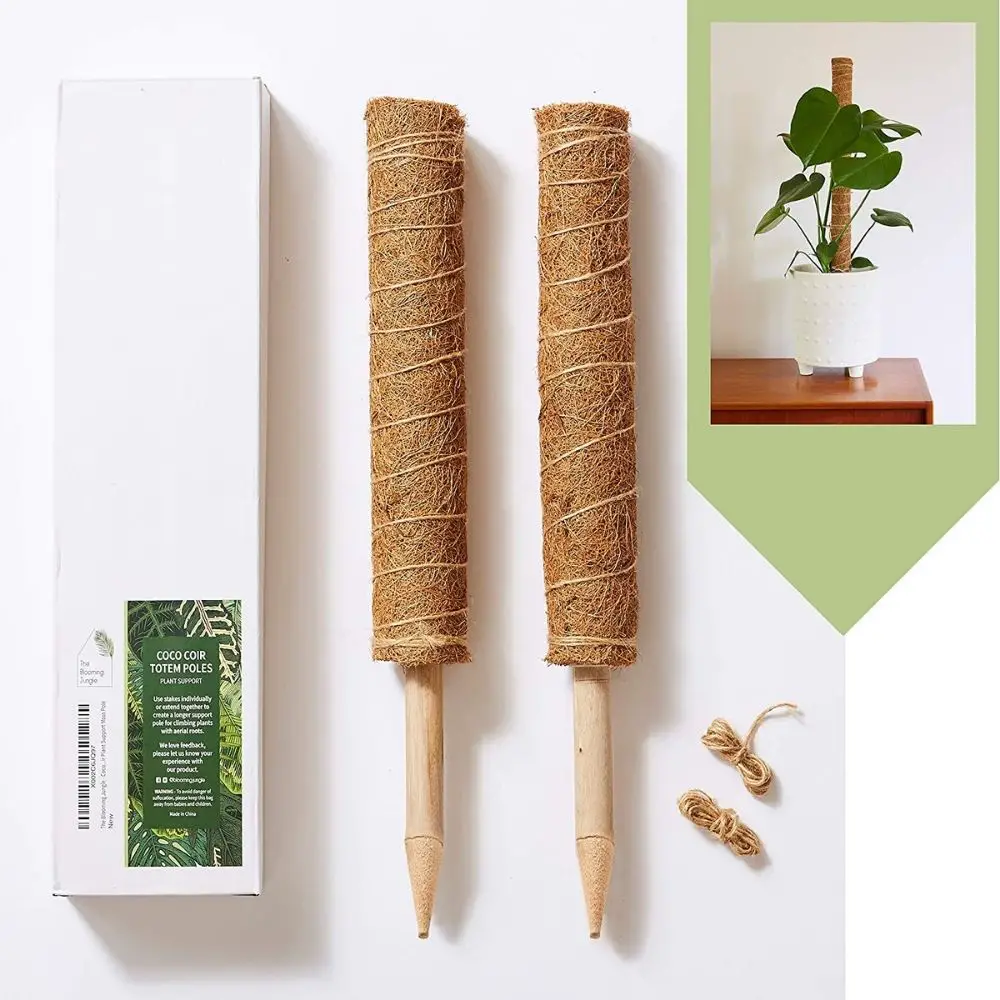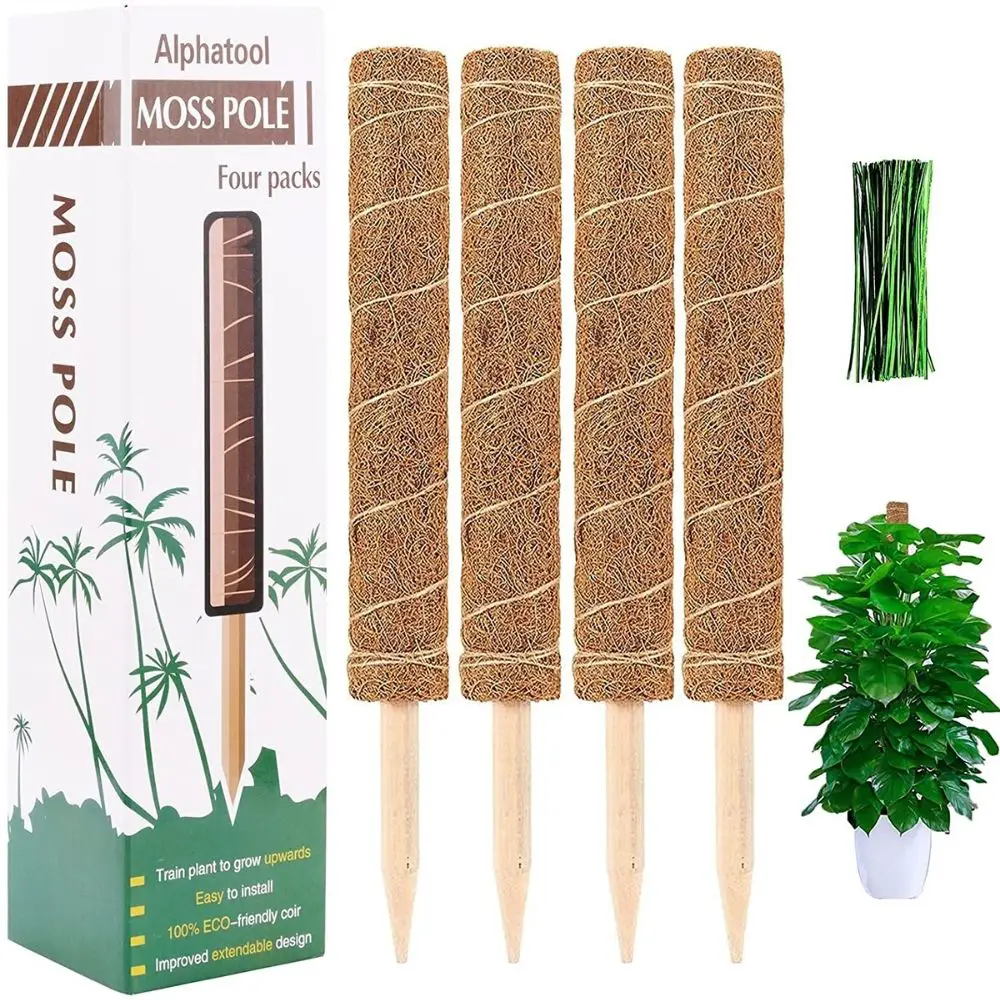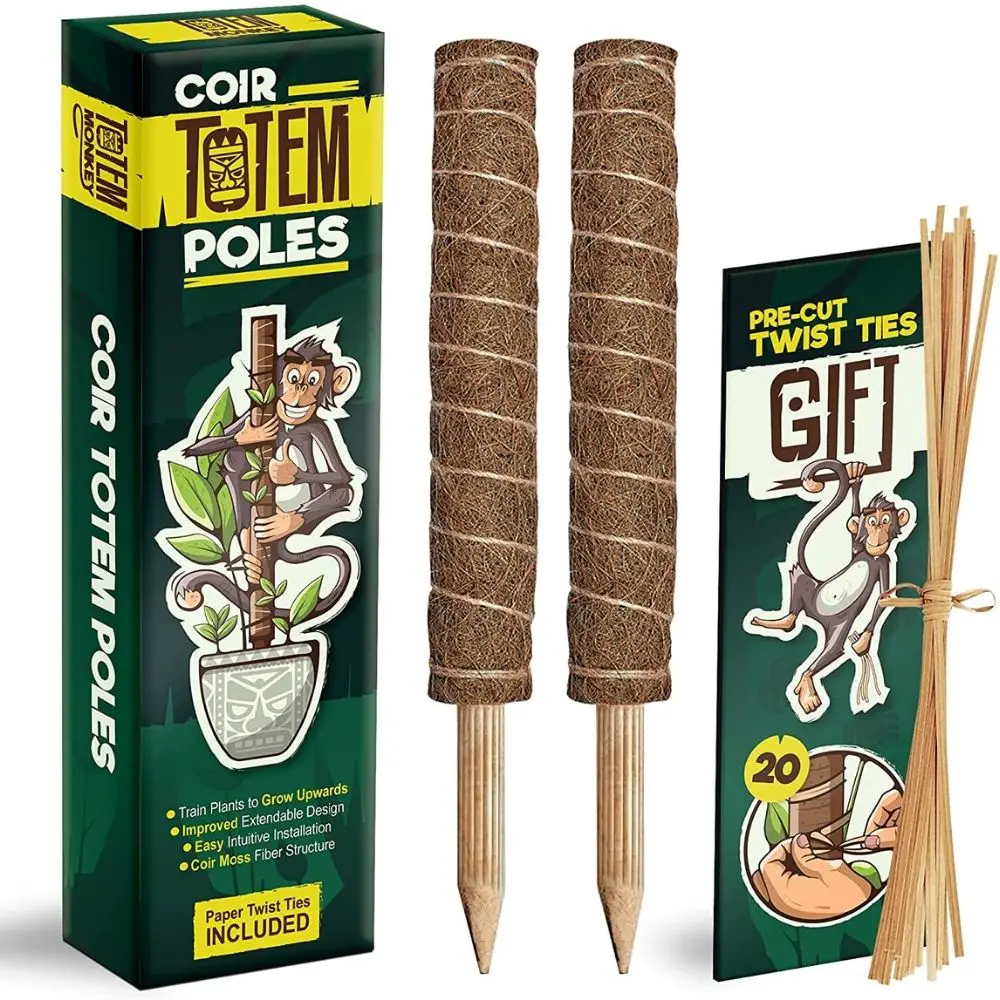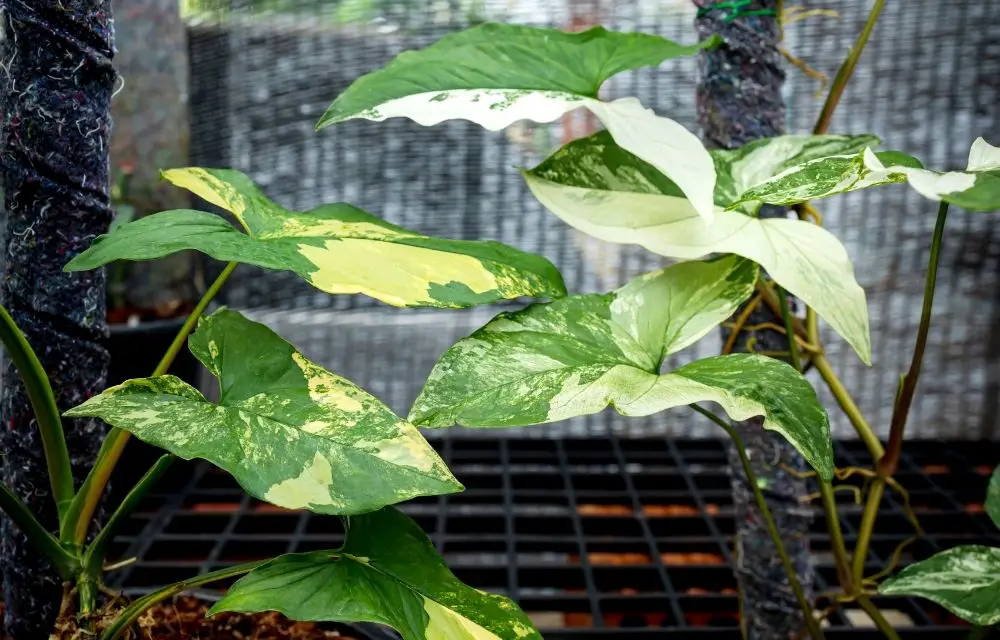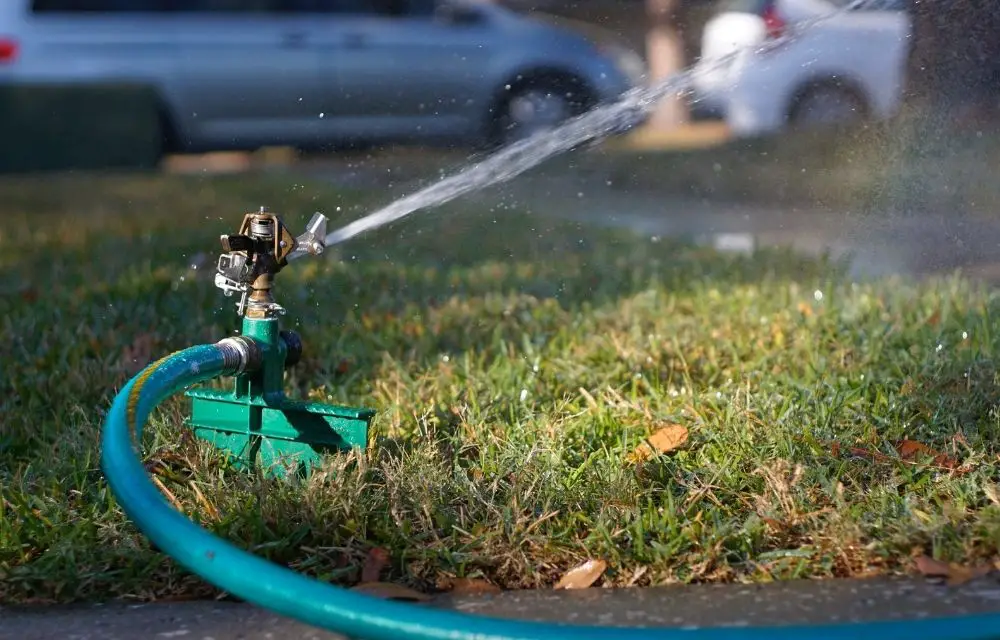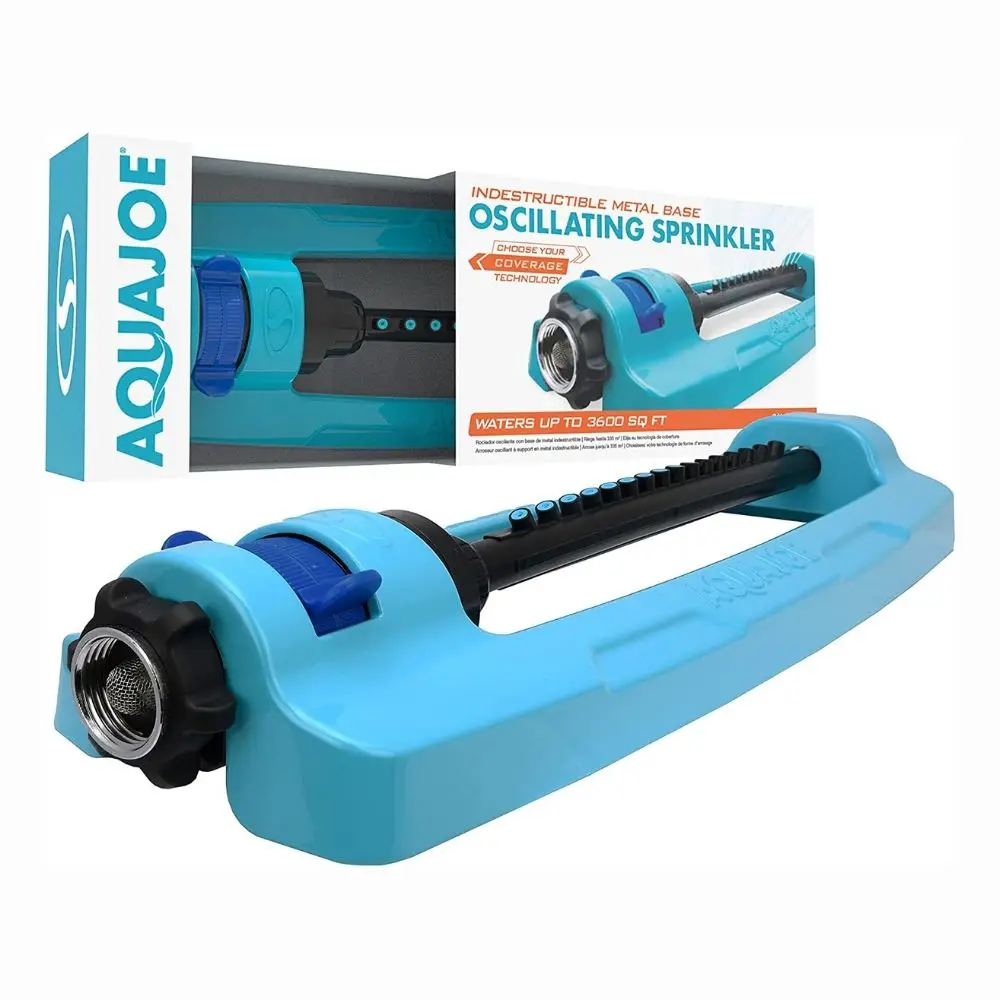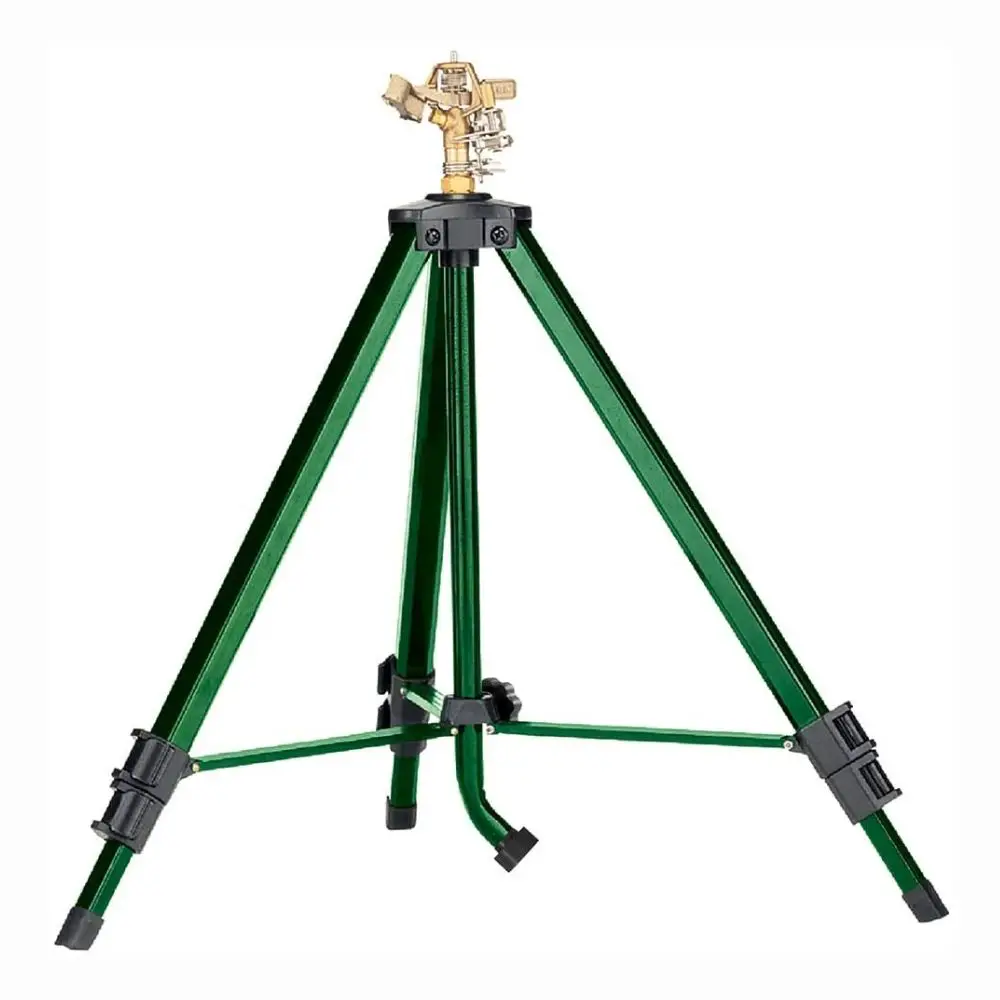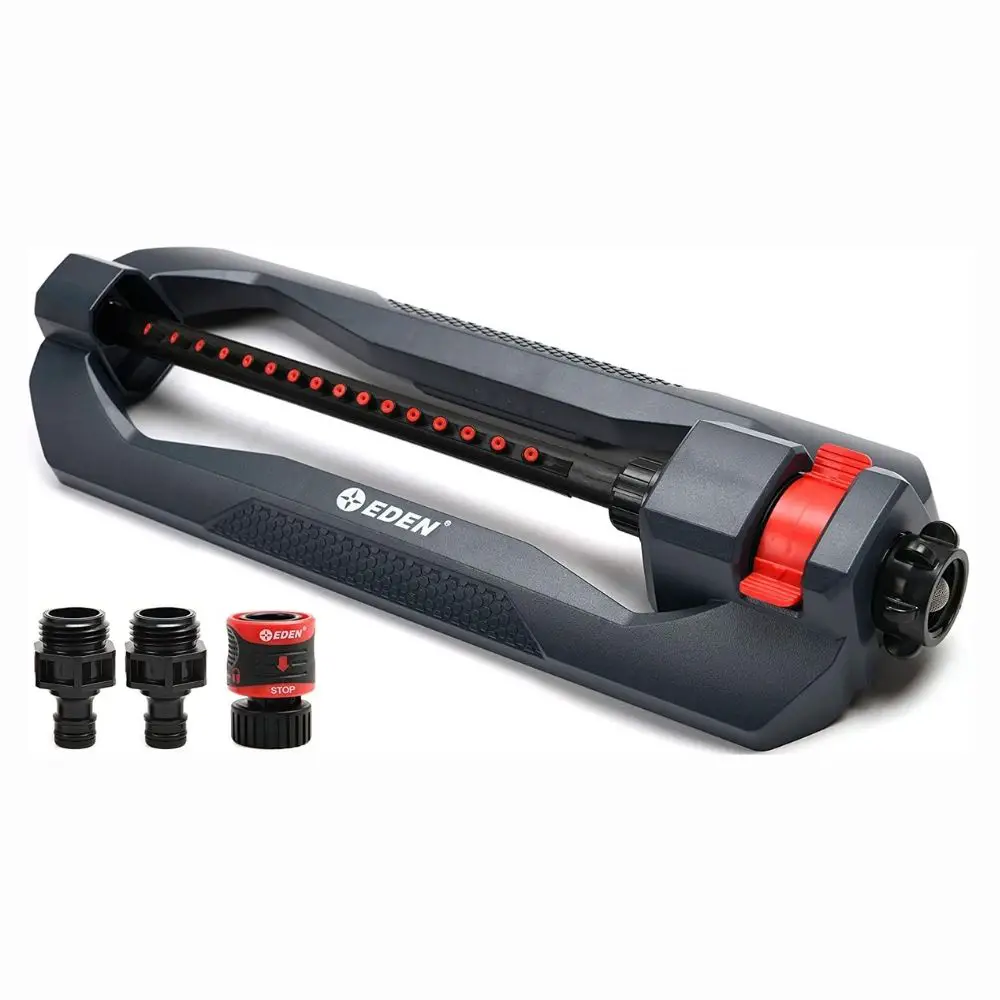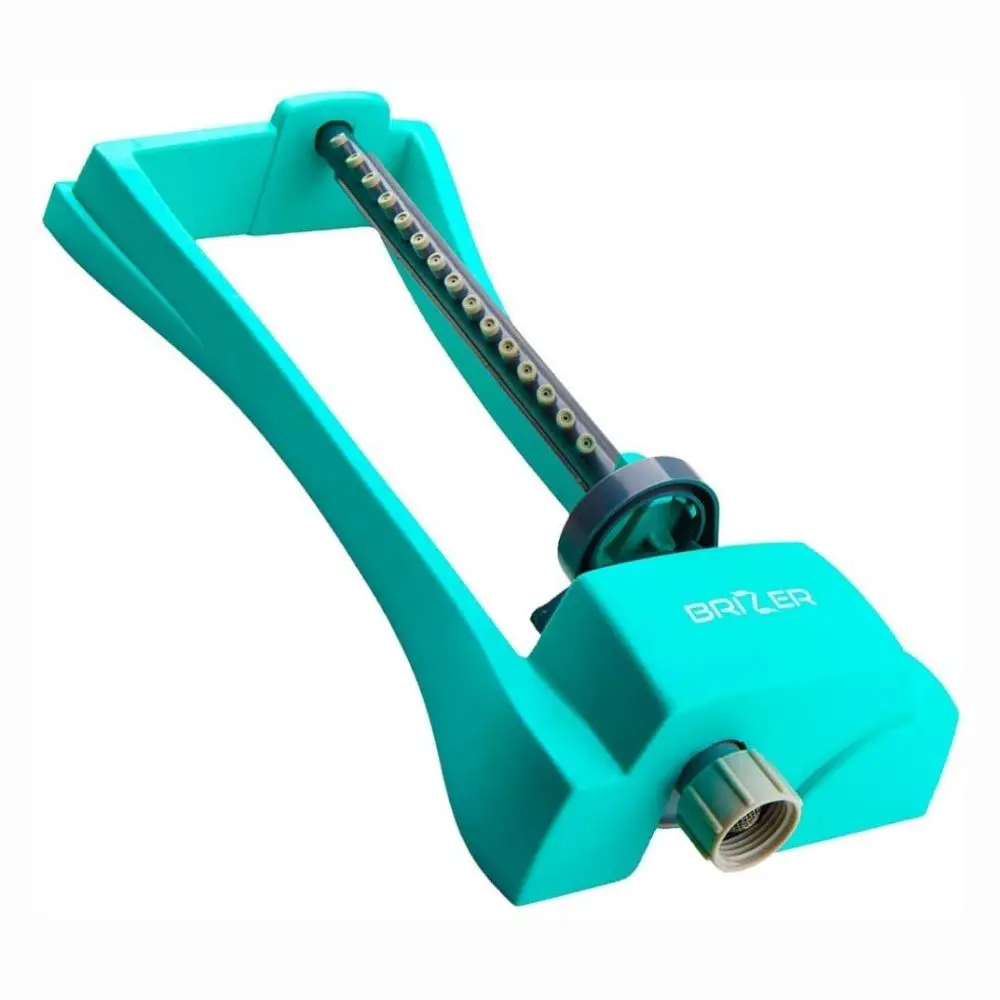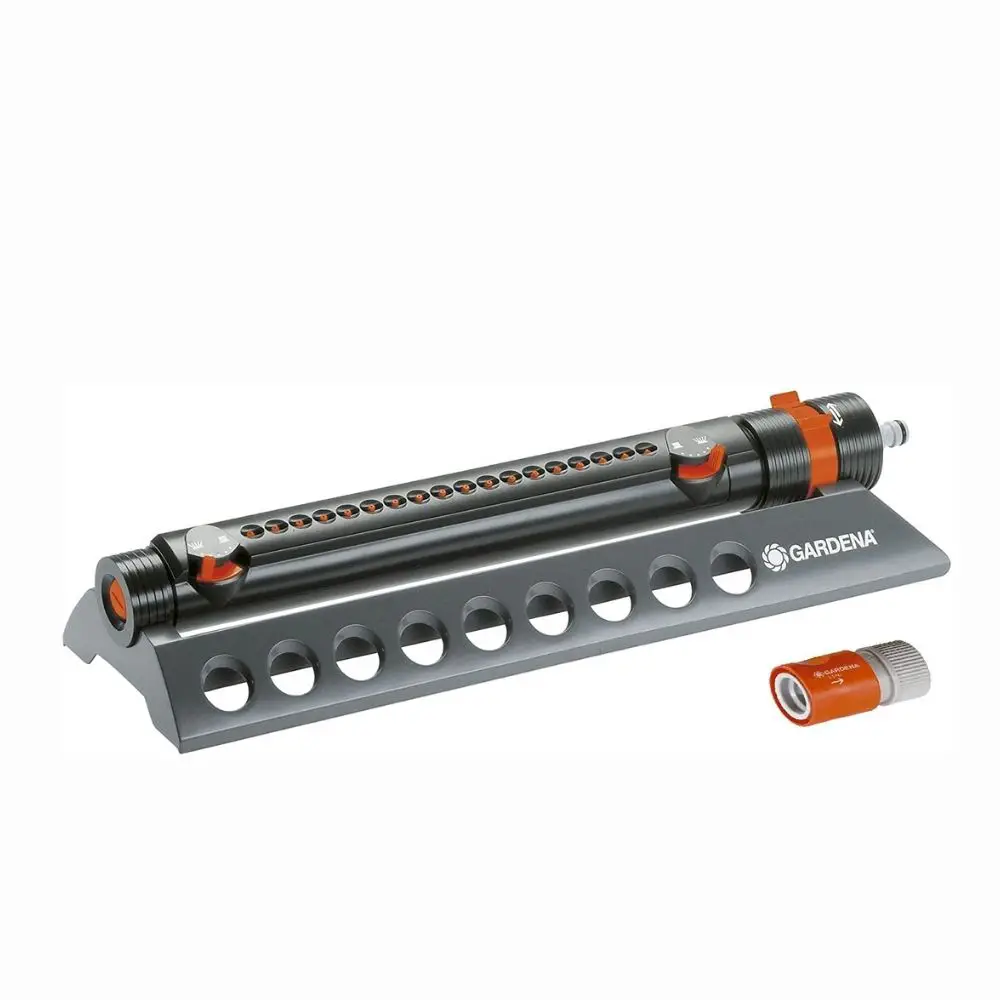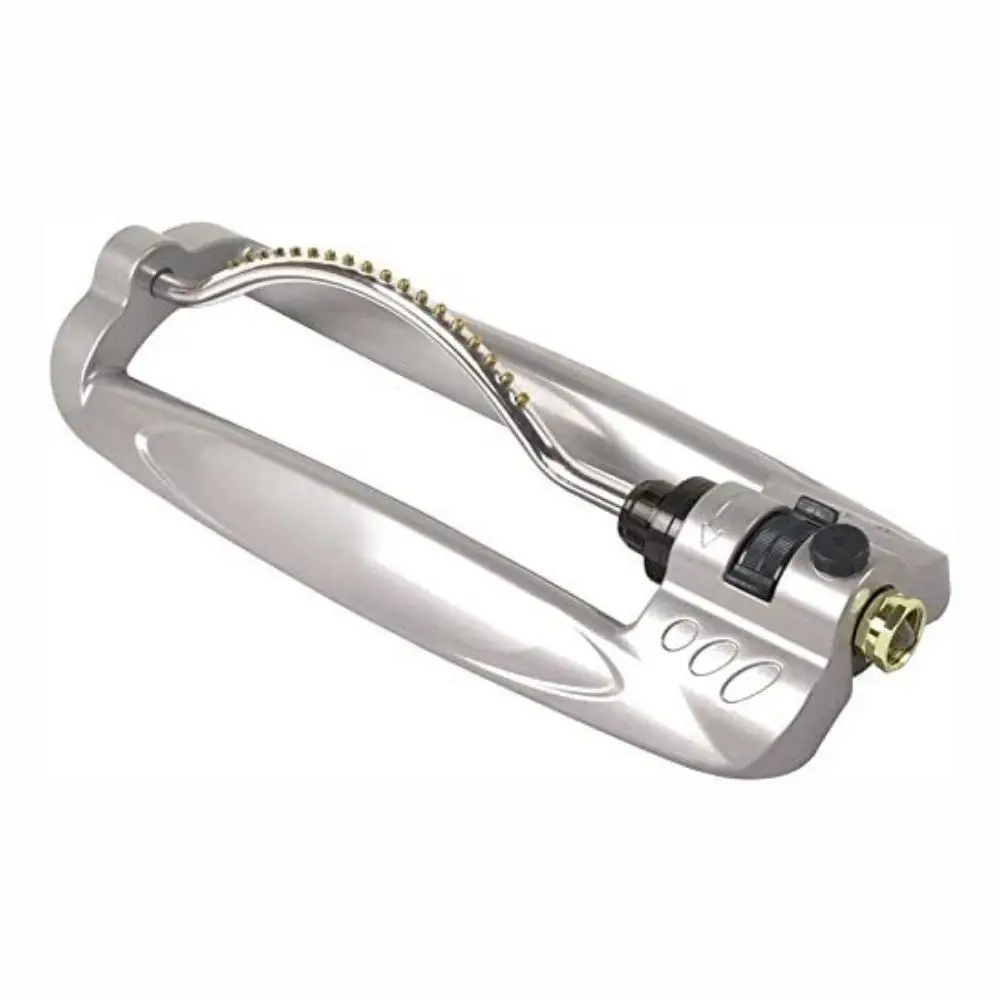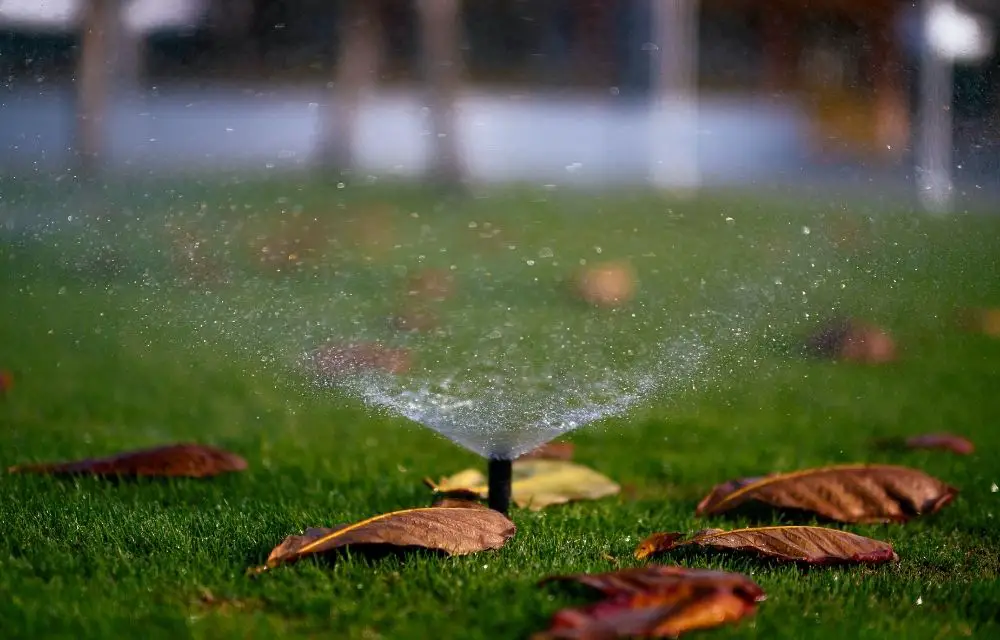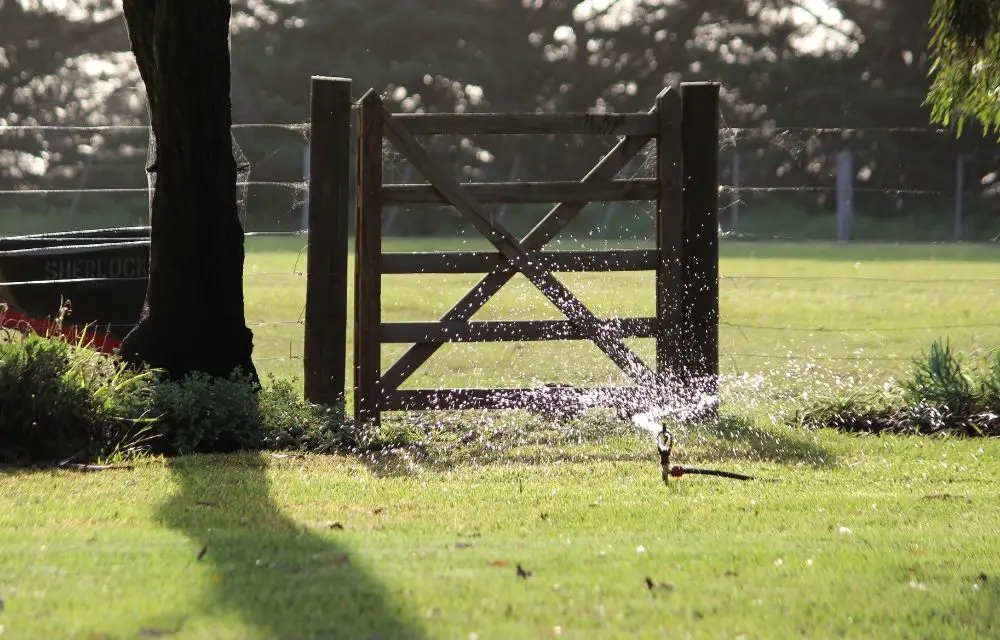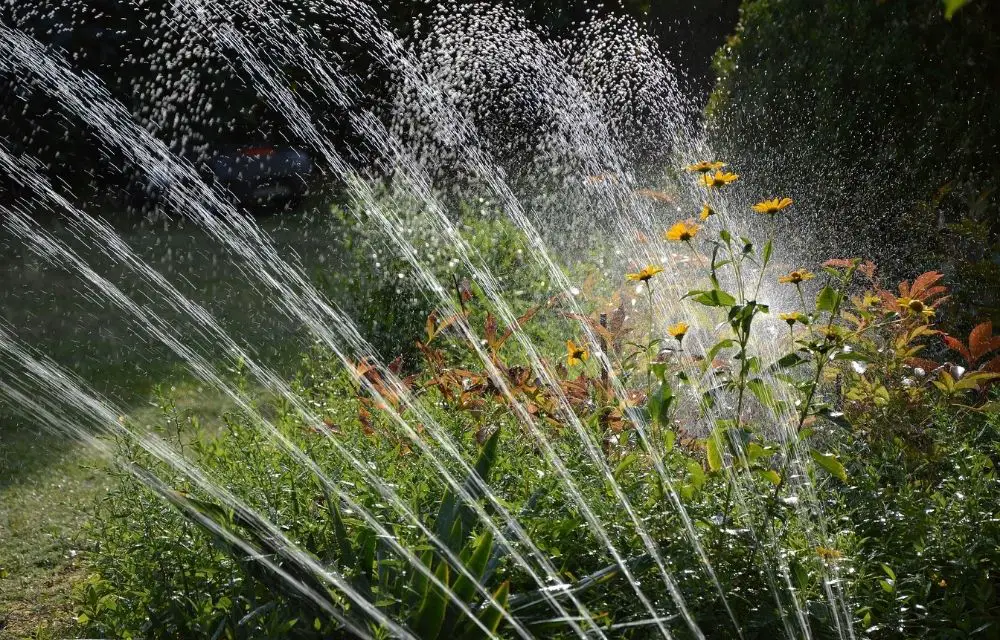Lawn Care Tips for Beginners – Everything You Need to Know
A beautiful lawn is something every homeowner wants. But before you get started, you’ll want to know how to take care of your first lawn. There are several steps involved in caring for your first lawn, and they vary depending on whether you have a large or small yard.
There are several steps involved in taking care of your first lawn, and you should begin with a plan. In this guide, learn about lawn care tips for beginners, it’s got all you need on how to care for your very first lawn.
Get to Know Your Soil
The most important thing when it comes to caring for your first lawn is knowing what type of soil you have. The best way to find out is to check the color of the grass. If the grass is light green, then you probably have sandy soil. This means that your soil has plenty of nutrients, but it doesn’t hold water as well. On the other hand, if the grass is dark green, then you likely have clay soil. Clay soils don’t absorb water as easily, so you need to be careful not to overwater them. If you have both types of soil, you can use fertilizers designed specifically for either type of soil.
If you live in an area where there isn’t much rainfall, you may need to add mulch around plants to help retain moisture. Mulching keeps weeds from growing and helps prevent evaporation.
Know the Best Grasses for Your Region
You also need to know which grasses will grow best in your region. For example, Bermuda grass grows well in warm climates, while Kentucky bluegrass does better in cooler regions. In addition, some grasses do better in wetter conditions than others. Knowing this information will help you choose the right grass for your climate.
Fix Underlying Issues
When it comes to caring for a new lawn, one of the biggest mistakes homeowners make is trying to fix problems without addressing their root causes. Many times, homeowners try to solve issues like bad drainage, poor soil quality, or overgrown areas by applying fertilizer and chemicals. These products only mask the problem, and they won’t work unless you address the underlying cause. To ensure that your lawn stays healthy, you’ll need to dig up any existing turf and replace it with a healthier variety.
Once you’ve addressed the root cause of the issue, you can apply fertilizer and other products to improve the overall appearance of your lawn.
Choose a Suitable Time to Plant
Once you’ve decided on the type of grass you’d like to plant, you’ll need to decide when to plant it. Some grasses require more time to germinate than others. Also, some grasses prefer full sun while others thrive in partial shade. It’s best to consult a local expert about planting times for your specific area.
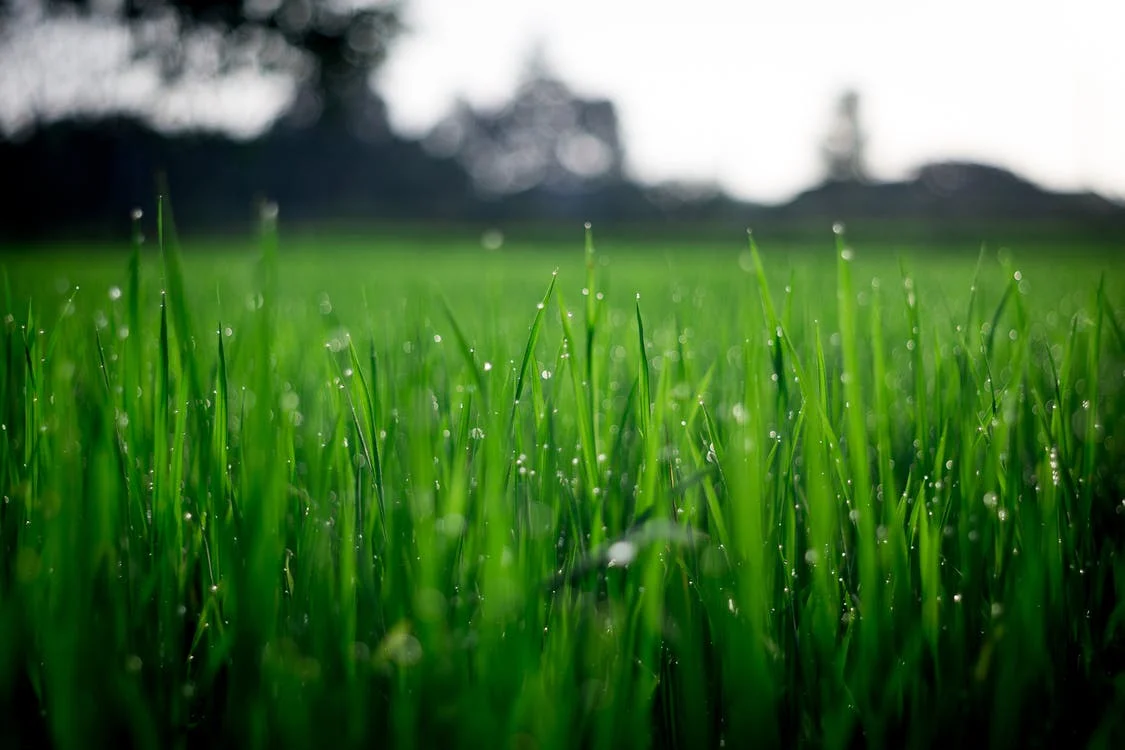
Prepare the Ground
Before you start preparing the ground for your new lawn, make sure you remove any existing grass. If you’re using sod, you’ll need to wait until all the roots have been removed. Then, dig up the top layer of soil and mix in compost or fertilizer.
Plant Seeds
After you’ve prepared the ground, you’ll need to plant seeds. Start by spreading seed evenly over the entire surface of the ground. When you spread the seeds, try to keep them at least 1/2 inch apart. Covering the seeds with dirt makes it easier for the grass to germinate.
Water
After you’ve planted your seeds, you’ll need to water them regularly. Water deeply once a week during the spring and summer months. However, avoid watering too often because frequent watering can lead to root rot.
Fertilize
Once your grass starts coming through, you’ll need to fertilize it. Groundguider.com recommend applying a balanced fertilizer twice per year. Apply the fertilizer before you water your lawn. Follow the instructions on the package to determine how much fertilizer to apply.
Mow
When your grass reaches 6 inches tall, mow it down. Mowing allows sunlight to reach the grass’ leaves, which stimulates growth. After you cut the grass, rake away clippings to allow air to circulate.
Keep Up With Maintenance
As long as you follow these basic steps, you should enjoy a healthy lawn. But, remember that your lawn needs maintenance just like any other garden. Be sure to maintain your lawn throughout the season. Check the grass for signs of disease such as yellowing or browning. If you notice any problems, contact your local nursery to get advice.
Choosing a Lawn Mower
One of the most important decisions you’ll make is choosing a lawn mower. There are several different types available, including gas-powered and electric models. Gas-powered models tend to be heavier and louder than their electric counterparts. Electric models are quieter, but they don’t offer as many features as gas-powered models.
Lawn Care Mistakes to Avoid
If you want your yard to look great, you won’t want to make mistakes. Here are some common lawn care mistakes to avoid:
Overfertilizing
It may seem like a good idea to fertilize your lawn every few weeks. However, this practice can cause your lawn to grow too quickly. Overly lush grass isn’t attractive, so it will need regular trimming.
Not Trimming Grass
Trimming your grass helps prevent weeds from growing. If you let your grass go unkempt, weeds will take over.
Using Weed Control Products Without Reading Instructions
Weed control products aren’t always safe. Some contain chemicals that could harm pets or children who come into contact with them. Read the label carefully before using weed control products.
Not Using Weed Preventive Measures
Weed prevention measures help protect your lawn against weeds. For example, if you use mulch around plants and shrubs, it prevents weeds from taking hold in those areas.
Not Raking Away Clippings
Raking away clippings keeps your lawn looking neat. It also reduces the amount of debris that ends up in storm drains and waterways.
Not Washing Your Carpet
Washing your carpet removes dust, dirt, and pet hair. This makes your house cleaner and more comfortable.
Not Keeping Leaves Out Of The Yard
Leaves provide nutrients to your lawn. They also add texture and color to your yard. Keep leaves out of your lawn by raking them up regularly.
Not Watering Your Lawn Frequently
Watering your lawn frequently encourages new plant growth. It also helps keep your lawn healthy.
Not Fertilizing Often Enough
Fertilizers encourage new growth. If you fertilize your lawn once every two months, you’ll see better results.
Not Maintaining Proper Drainage
Drainage systems remove excess water from your lawn. If you don’t have proper drainage, you risk having puddles on your lawn.
 Treat For Pests
Treat For Pests
- Spraying insecticides on the lawn doesn’t always work. Insecticide sprays don’t kill all insects, and they often leave behind pesticide residues that are harmful to people and animals.
- If you have ants, apply ant bait (such as an antifreeze solution) to attract them away from your home. Ants dislike cold temperatures and will move toward heat sources.
- If you have aphids, spray a dilute dish soap mixture onto the infested plants. Dish soaps contain natural oils that repel insects.
- To control spider mites, use a hose nozzle attachment to spray a fine mist of water onto the affected plants. Spider mites like hot weather and wet conditions. A light mist of water will help keep them off the leaves.
- To control flea beetles, spray a diluted dish detergent solution onto the infested plants once every week. Flea beetles hate strong smells.
- To control whiteflies, spray a diluted dish soap solution onto the infested foliage once every two days. Whiteflies prefer warm, humid environments. Spray the solution into the air above the plants.
- To prevent scale buildup, apply a dilute dish soap solution to the infested plants twice a month. Scale is a hard mineral deposit that forms on surfaces such as pipes, windows, and shower heads.
- To control slugs, apply a slug bait to the soil around the base of the plants. Slug baits contain copper sulfate, which kills slugs by making them toxic.
- To control leafhoppers, spray a diluted dish washing liquid onto the infested plants twice weekly. Leafhoppers dislike strong scents.
- To control mealybugs, spray a diluted dishwashing liquid onto the infested plant once daily. Mealybugs like damp conditions.
Fight Lawn Weeds
- Weed seeds germinate best in cool, moist soils. Soil with high organic matter content helps suppress weeds.
- Apply mulch around the base of the plant to discourage weed growth. Mulching also provides nutrients for new growth.
- Use a hand-held hoe to remove weeds before they get too large. Hoes come in several sizes and shapes. Choose one that fits comfortably in your hands.
- Keep weeding areas clear of debris and loose topsoil. This makes it easier to spot emerging weeds.
- When planting annual flowers, wait until after the last frost date to sow seed. Annuals need time to mature before blooming.
Easy Tips for the Perfect Lawn
- Avoid fertilizers with high nitrogen content. Nitrogen is one of the most important nutrients for plants. It encourages rapid growth but also causes damage when used in excess.
- Use a deep mulch around the base of trees and shrubs. Mulching prevents soil erosion and promotes good drainage.
- Keep the area where you want to install new sod dry until you’re ready to lay the sod. Moisture will slow the process of setting the sod.
- Make sure you remove all debris and weeds from the area before installing the sod.
- Don’t plant grass seed directly into existing turf. Planting grass seed directly into existing grass slows its growth rate and makes it more difficult to establish.
- Water the entire area thoroughly before planting the sod. This ensures that the sod has adequate moisture during installation.
- Wait at least three weeks after seeding before watering again. Seeding takes time to germinate.
- Do not over-water newly seeded areas. Allow the ground to dry out between waterings.
- When using fertilizer, make sure to spread it evenly across the area. Too much fertilizer applied too close together can lead to nutrient burn.
- Maintain a consistent irrigation schedule. Irrigation schedules vary widely among different types of grasses.
- After each rain, check the sprinkler system to ensure that no clogs exist.
- Remove dead leaves and fallen branches from the area prior to installing the sod. These materials can block sprinklers and reduce their effectiveness.
- Install the sod slowly. Sod tends to expand when it’s first installed. The slow installation allows the sod to settle into place without causing tearing or distortion.
- Be careful when removing sod. The roots of grasses tend to grow downward. Removing the sod while it’s still moist can result in root damage.
Lawn Care Tips for Beginners Frequently Asked Questions
What should I put on my lawn first?
The first thing you should put on your lawn is a layer of mulch. This will help to protect the roots of your grass and keep it healthy.
What is the quickest method of establishing a lawn?
The quickest method of establishing a lawn is to sow the seeds directly onto the soil.
How do I get good at mowing the lawn?
By following these simple tips, you can master the art of mowing your lawn like a pro!
-Start by mowing in a straight line
-Make sure to overlap each row slightly so that you don’t miss any patches of grass
-Use a sharp blade on your lawn mower to get a clean cut
-Don’t mow too low – no lower than two inches
How do you maintain lawn maintenance?
Here are some tips on how to maintain your lawn
-Water your lawn regularly
-Mow your lawn regularly
-Remove weeds and other pests from your lawn
-Fertilize your lawn
-Aerate your lawn
-Overseed your lawn
What is thatch and should I remove it?
Thatch is a layer of dead and living grass shoots, roots, and other organic matter that builds up on your lawn over time. While a small amount of thatch is beneficial as it helps to insulate the roots of your grass, too much thatch can cause problems such as waterlogging and compaction
If you have more than half an inch of thatch on your lawn, it’s time to remove it. This can be done with a rake or a power dethatcher
How often should I water my lawn?
You should water your lawn once a week, making sure to soak the roots of the grass thoroughly.
Final Words
When you have a lawn that needs some help, don’t give up! With a little bit of effort, you’ll be able to keep your yard looking great. We hope you enjoyed this article on lawn care tips for beginners!
If you liked this post, we have more for you to check out!


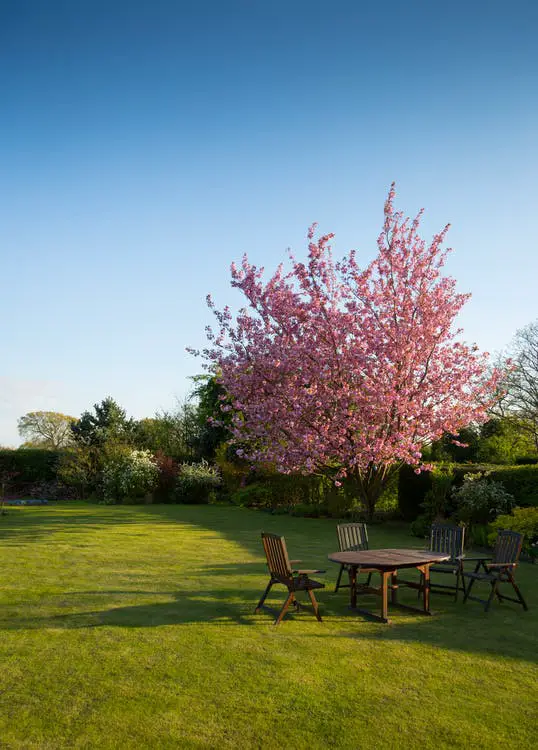 Treat For Pests
Treat For Pests
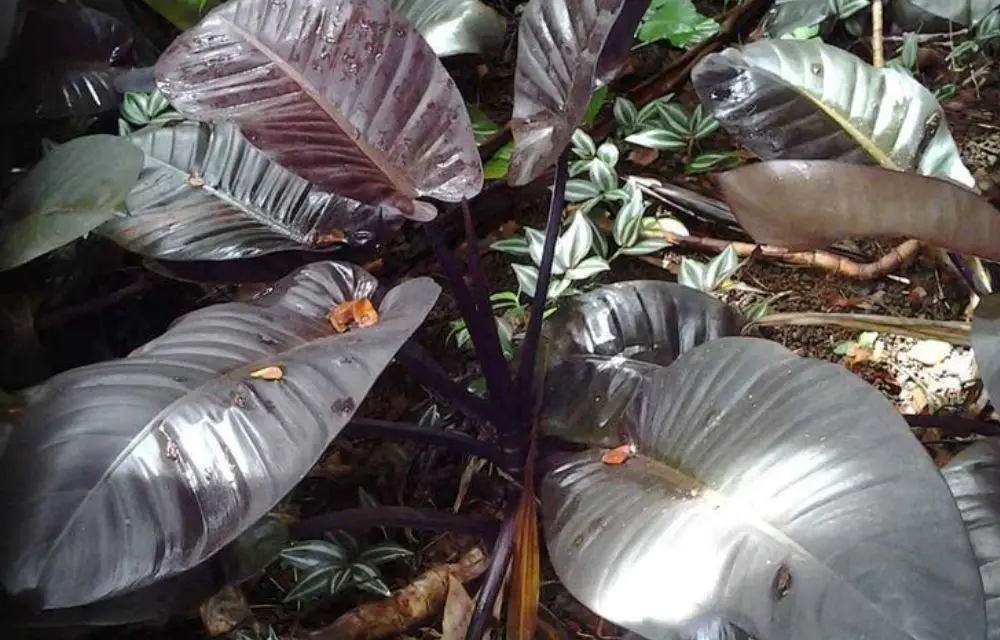
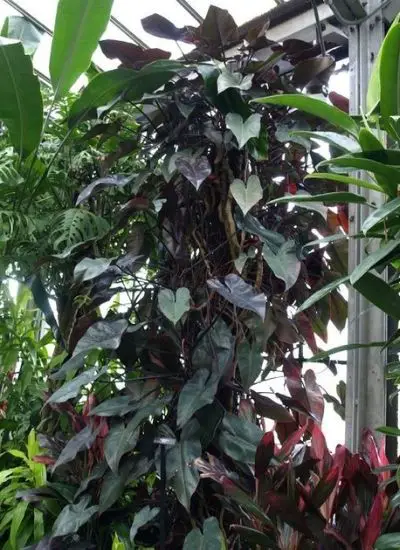 Philodendron majesty plants are affected by a number of different diseases. The most common disease affecting philodendrons is root rot, especially from over-watering due to high humidity levels or poor drainage. Symptoms include yellowing leaves with brown roots they may even appear slimy which can lead to stunted growth and death if not treated quickly enough.
Philodendron majesty plants are affected by a number of different diseases. The most common disease affecting philodendrons is root rot, especially from over-watering due to high humidity levels or poor drainage. Symptoms include yellowing leaves with brown roots they may even appear slimy which can lead to stunted growth and death if not treated quickly enough.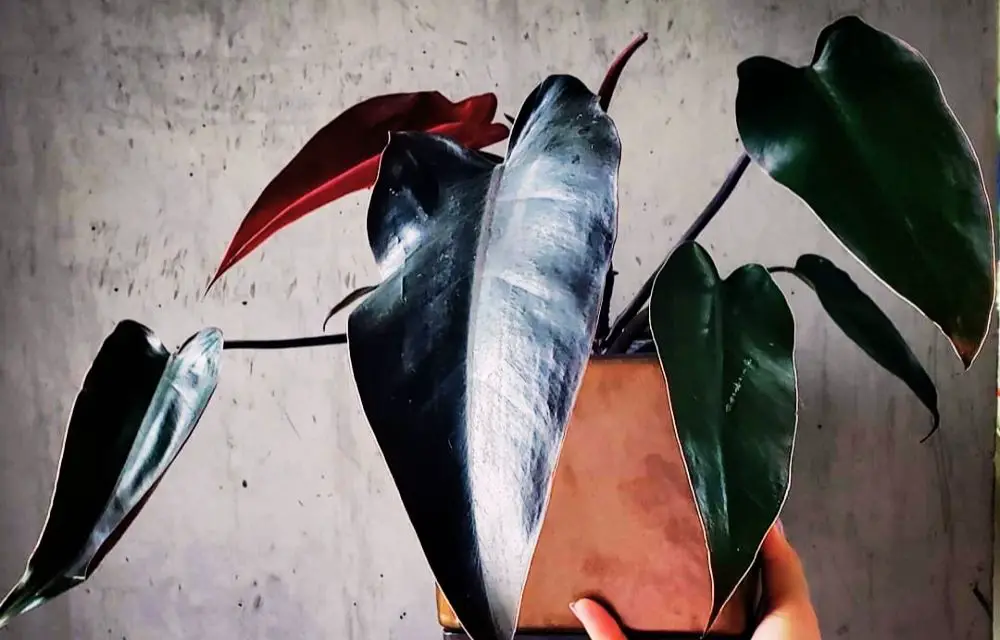
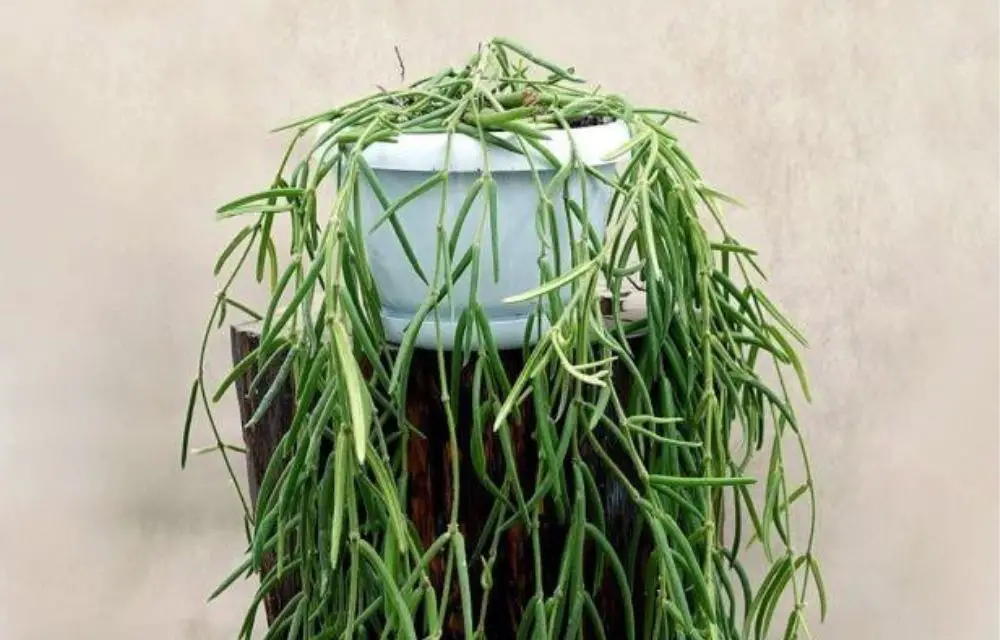
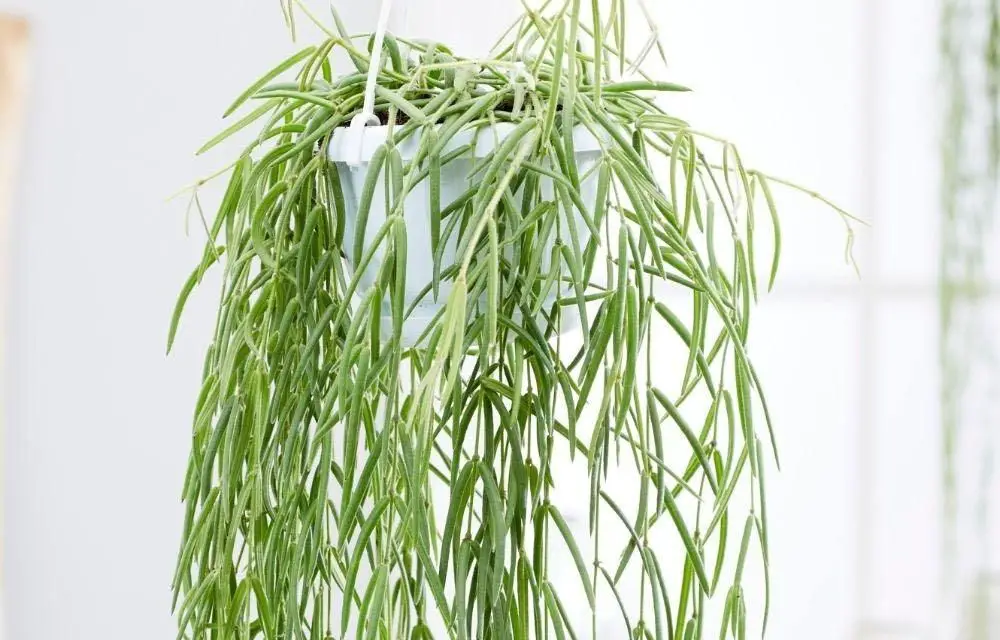
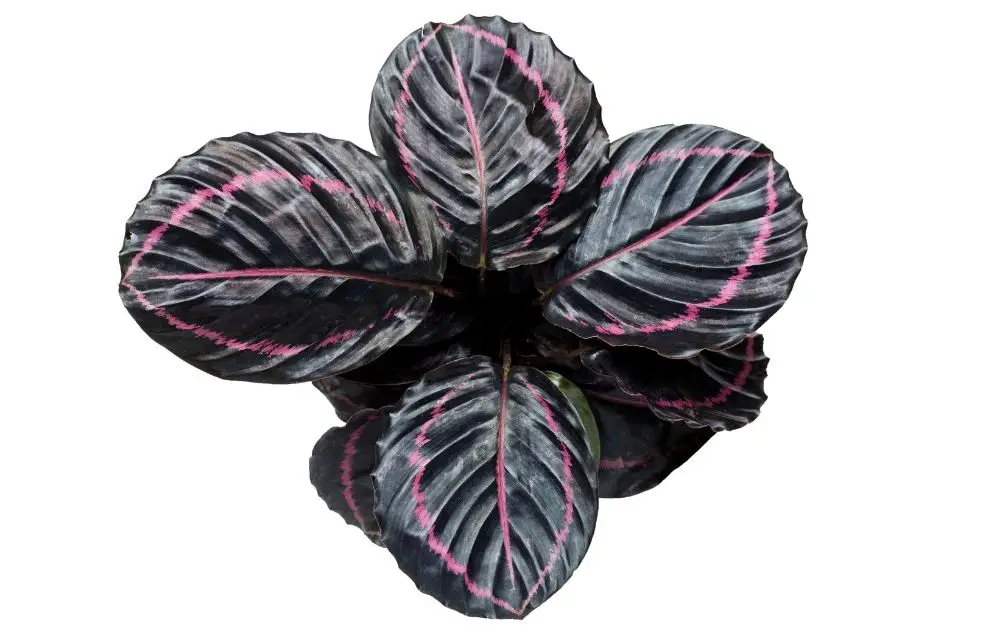
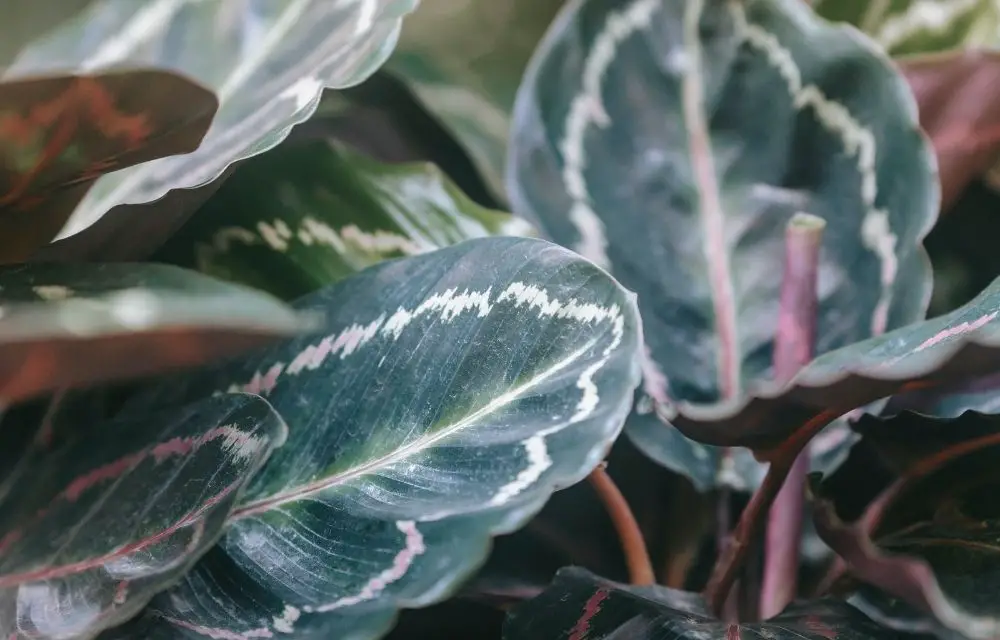
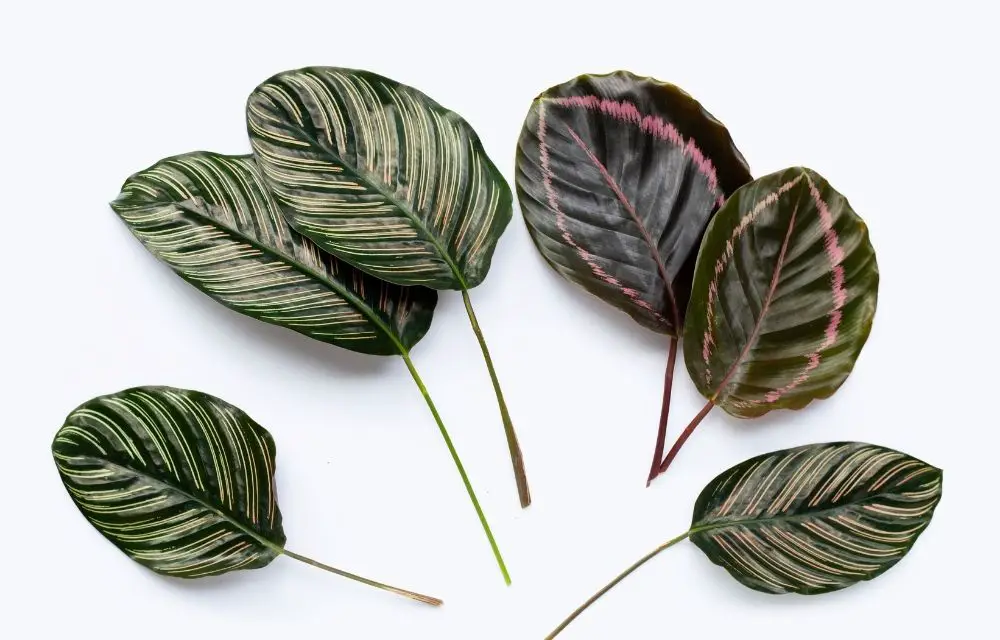
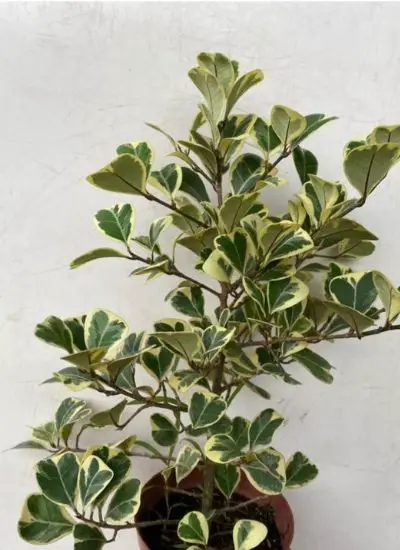 A ficus triangularis needs a pot with at least one inch of soil. If you want to make your own potting mix, then get the following:
A ficus triangularis needs a pot with at least one inch of soil. If you want to make your own potting mix, then get the following: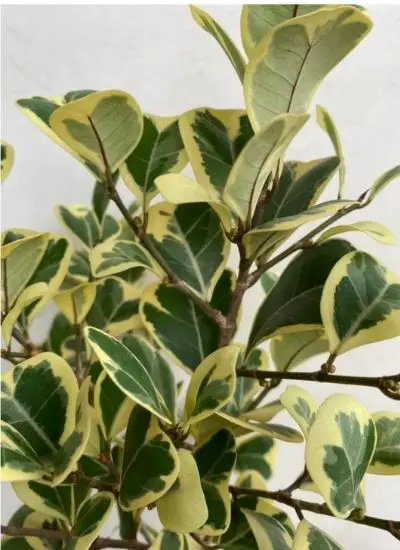 Ficus triangularis plants are fickle. They do not like to be over or underfed, preferring instead a happy medium for what they need in terms of food and water. In order to maintain the ficus’s healthy growth it is important that you fertilise your plant regularly with a good organic soil mix mixed into its soil.
Ficus triangularis plants are fickle. They do not like to be over or underfed, preferring instead a happy medium for what they need in terms of food and water. In order to maintain the ficus’s healthy growth it is important that you fertilise your plant regularly with a good organic soil mix mixed into its soil.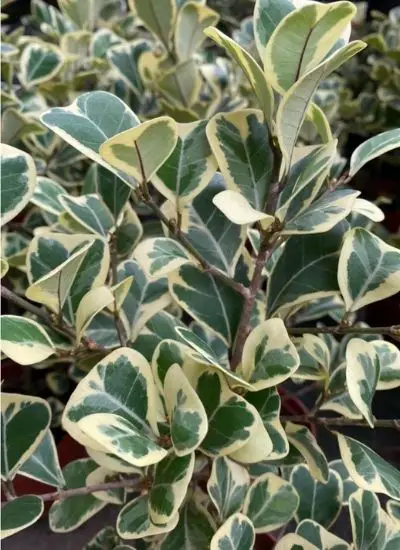 Ficus triangularis vareigata is a shrub of the family Moraceae that belongs to the genus Ficus and subgenus Urostigma . It has been cultivated in Asia for centuries, where it was called Xiao Xiang Guo (小洋蔥). In modern times, variegated ficus triangularis is popular in landscaping, and grown as a houseplant.
Ficus triangularis vareigata is a shrub of the family Moraceae that belongs to the genus Ficus and subgenus Urostigma . It has been cultivated in Asia for centuries, where it was called Xiao Xiang Guo (小洋蔥). In modern times, variegated ficus triangularis is popular in landscaping, and grown as a houseplant.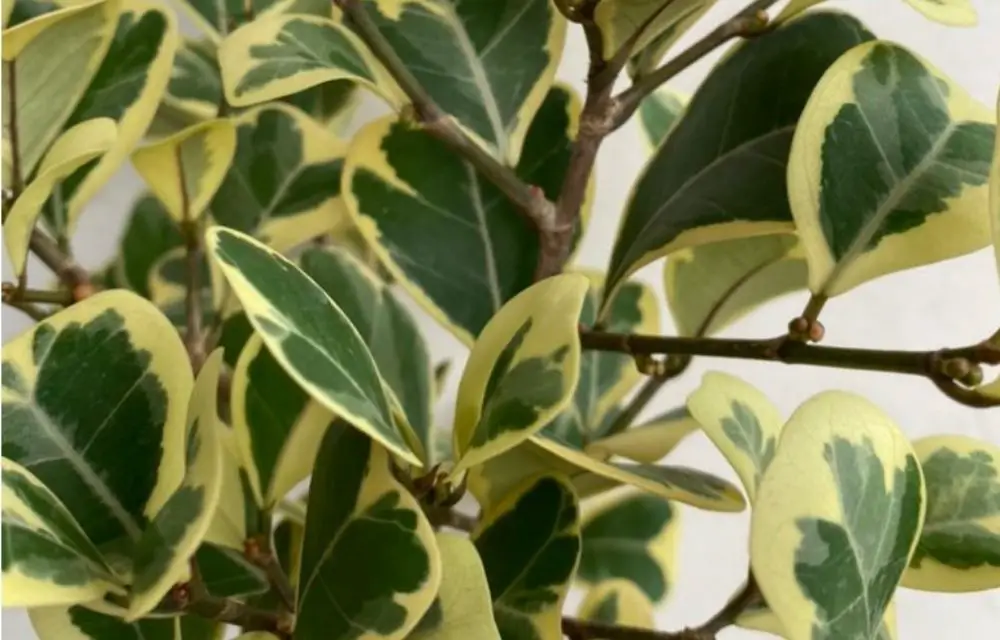
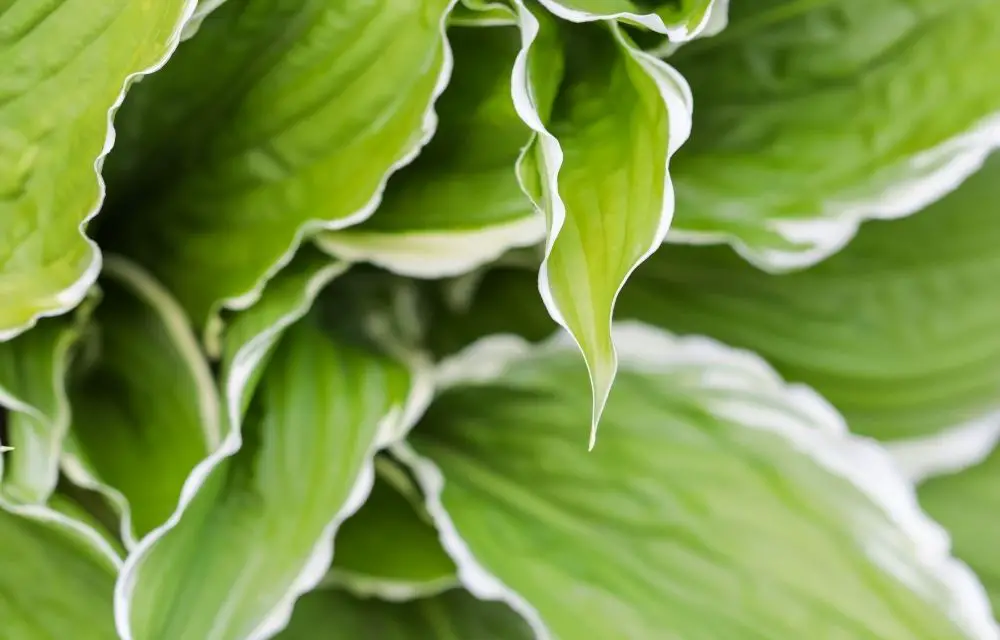
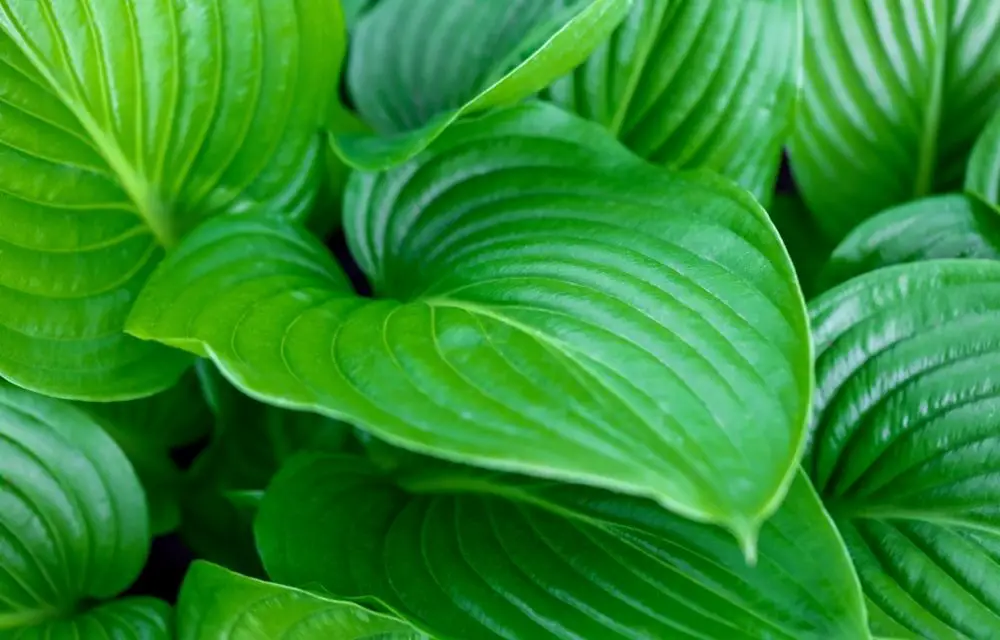
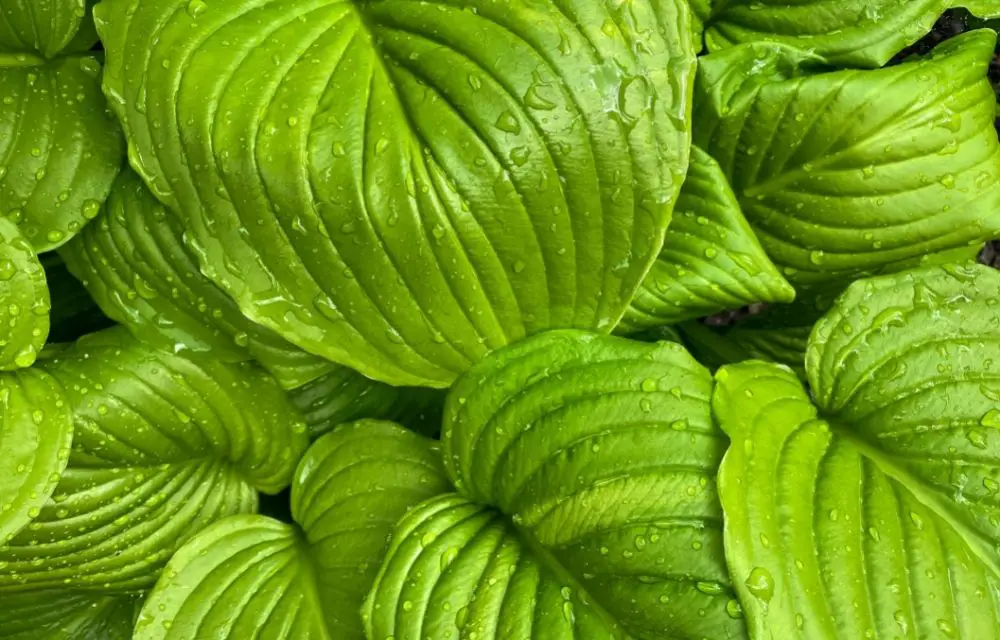
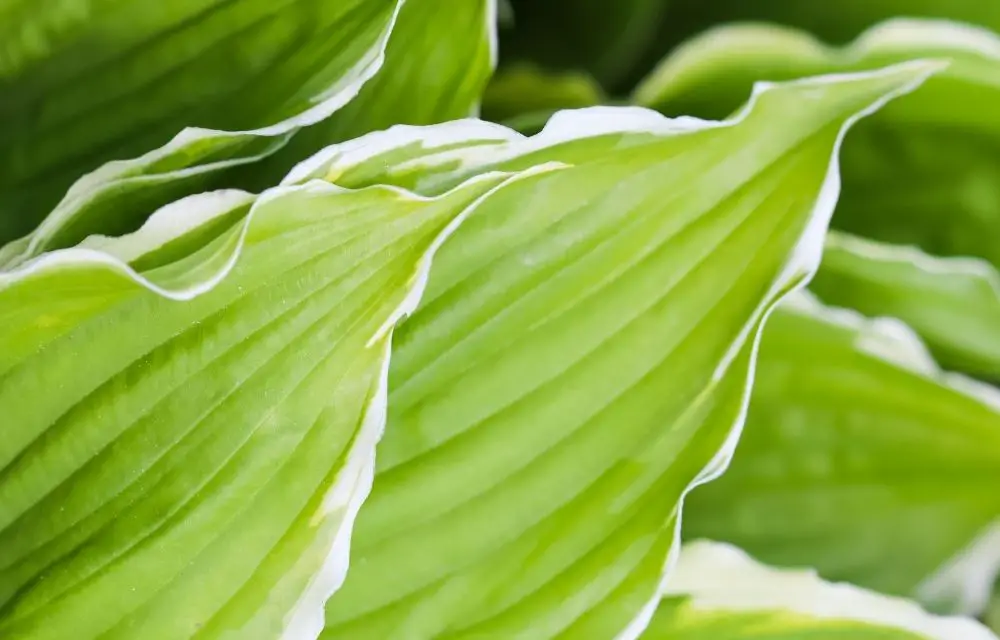
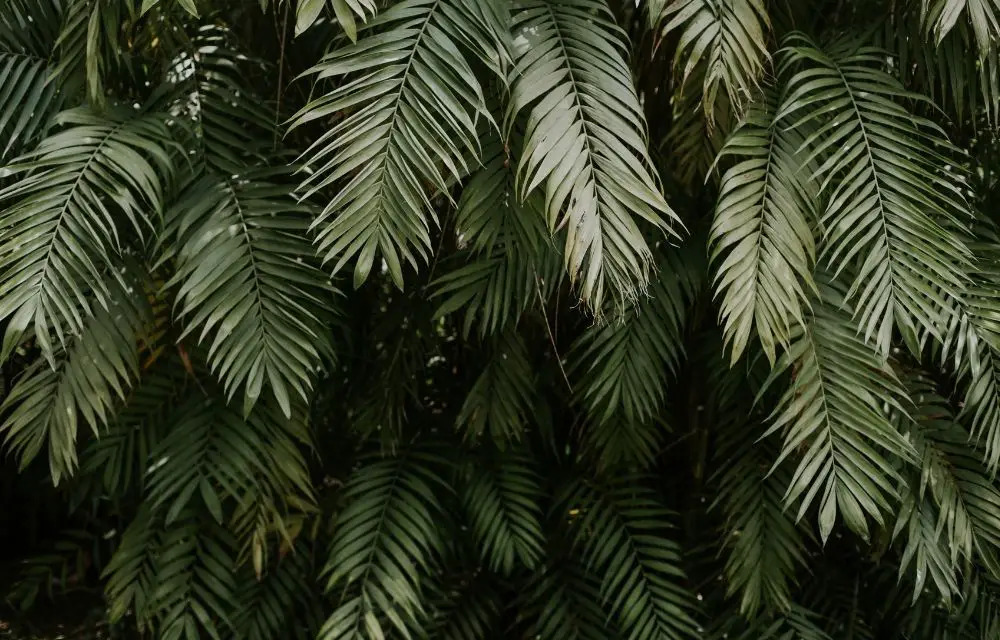
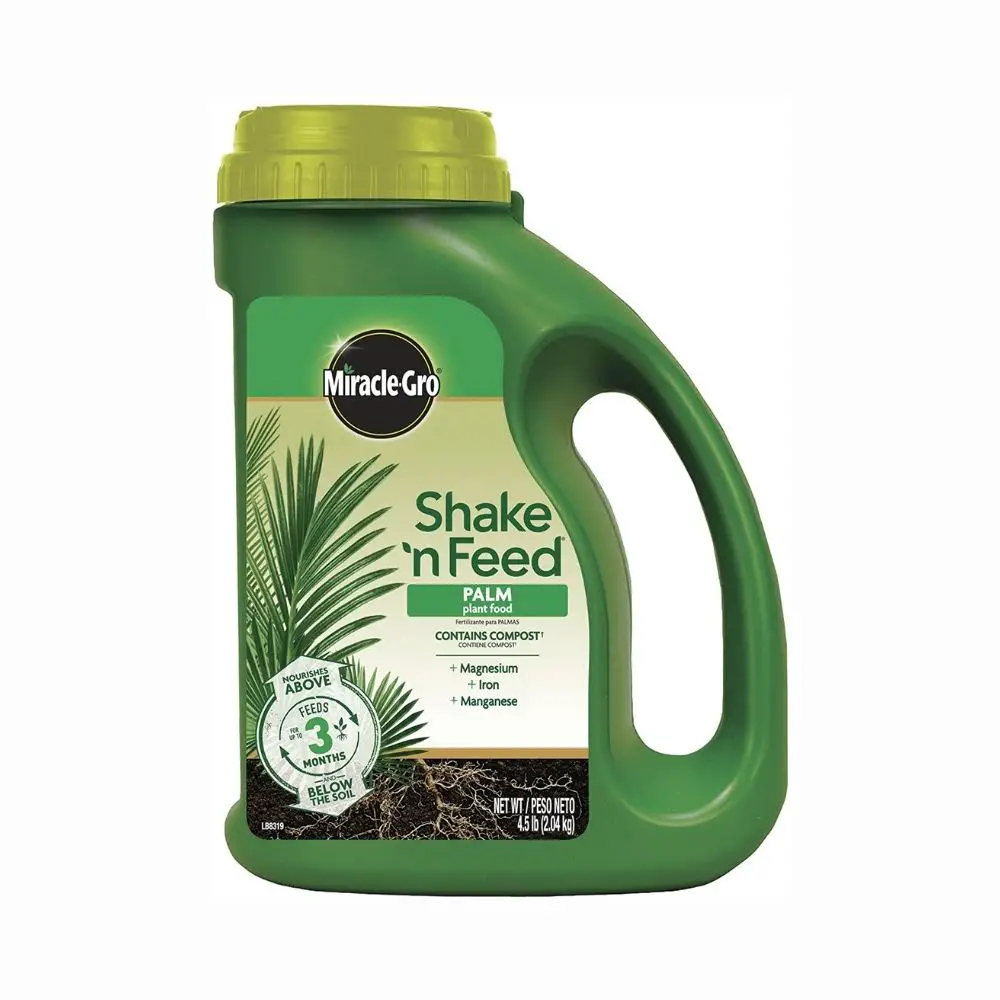
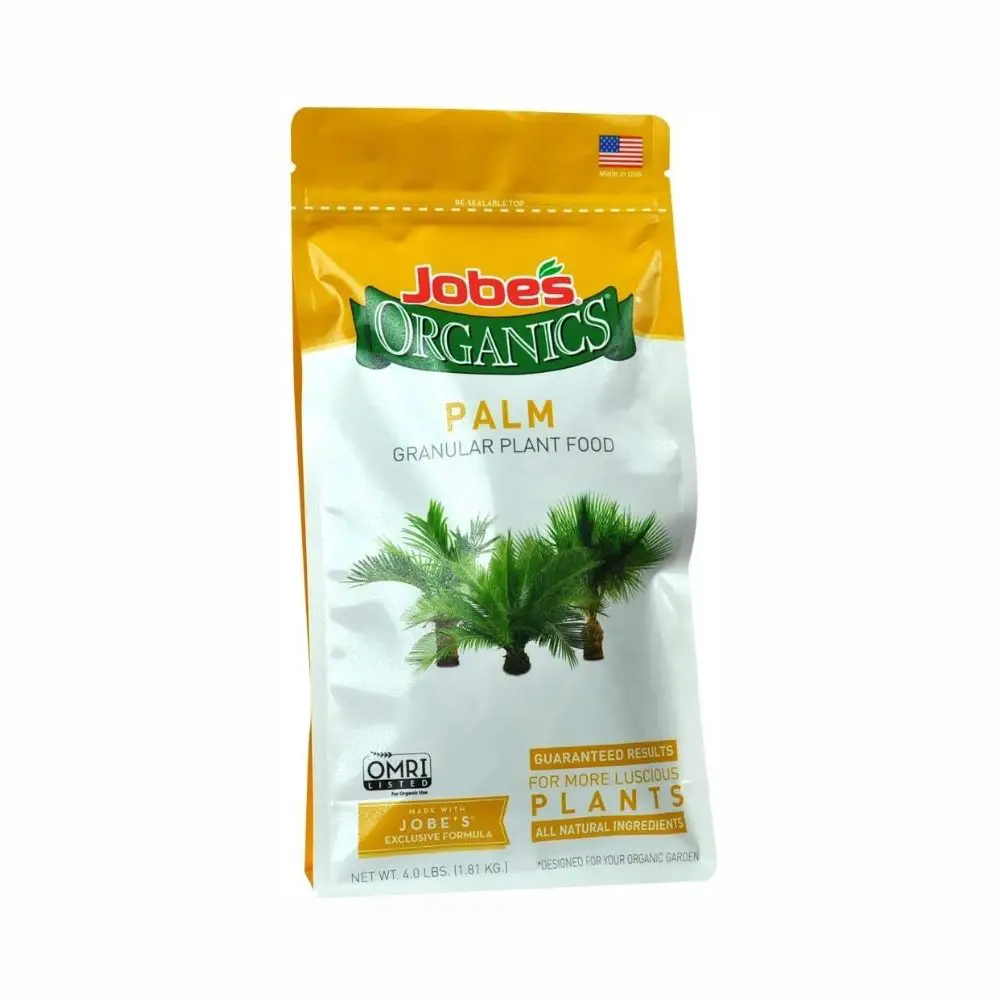
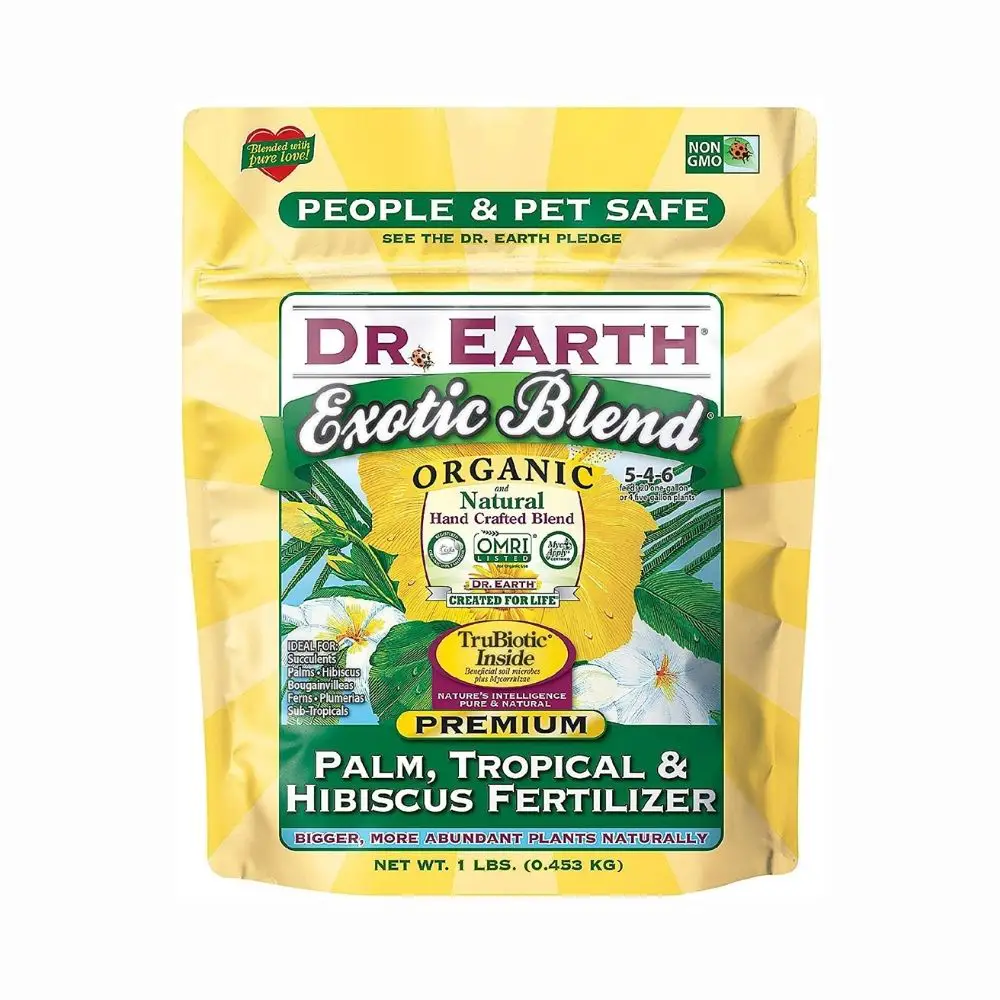
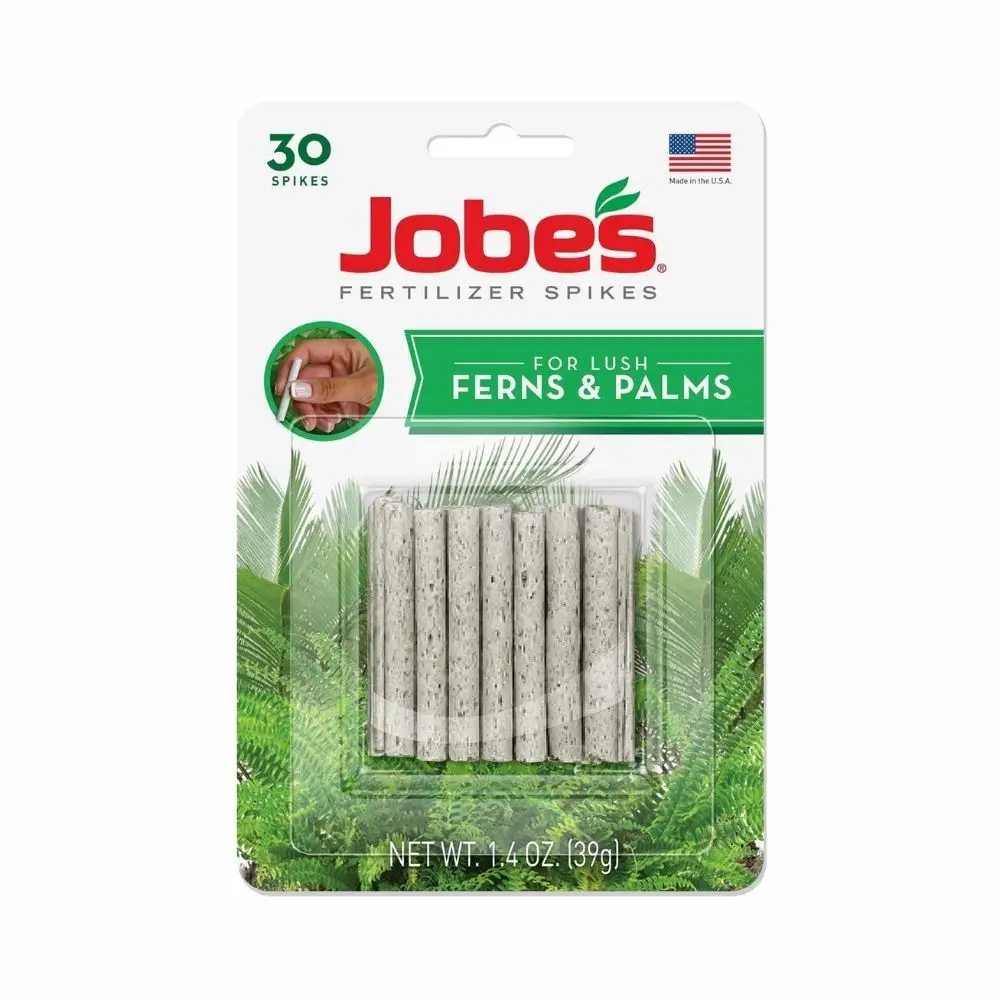
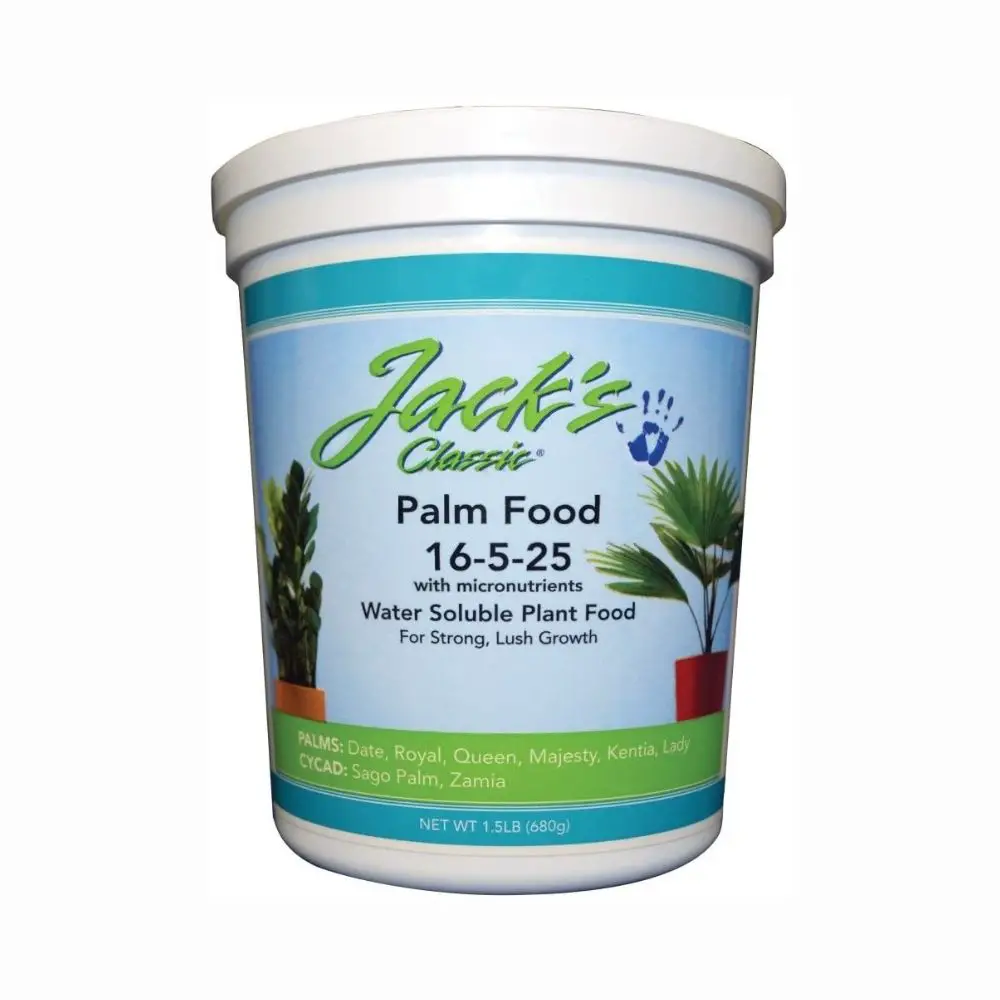
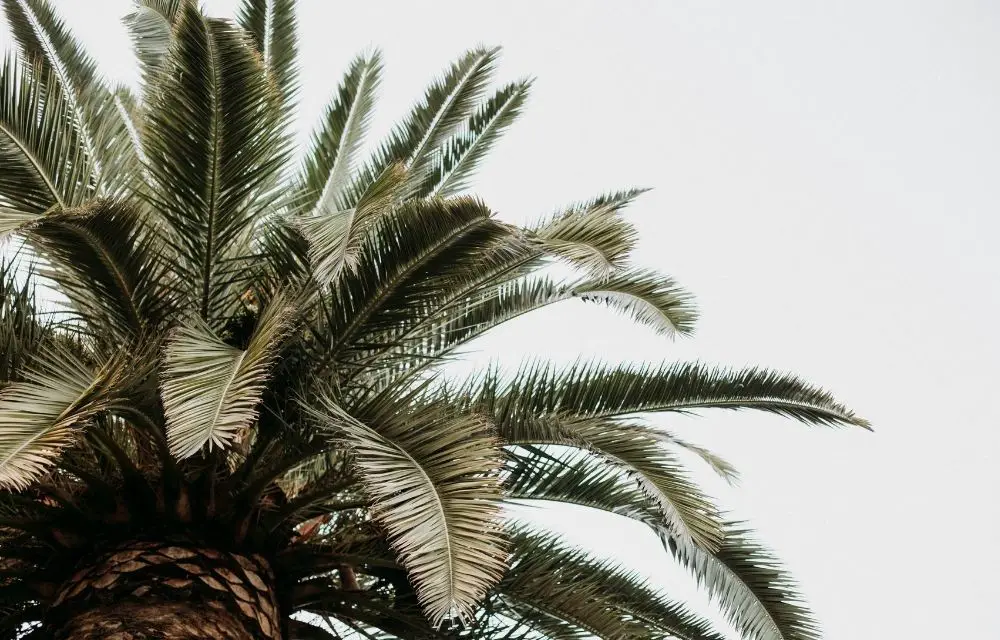
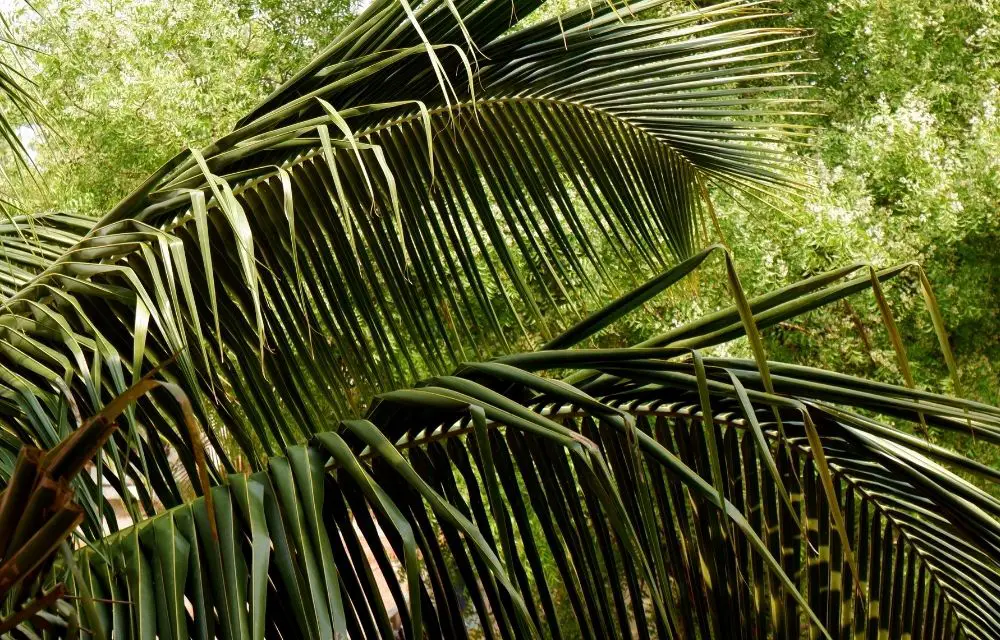
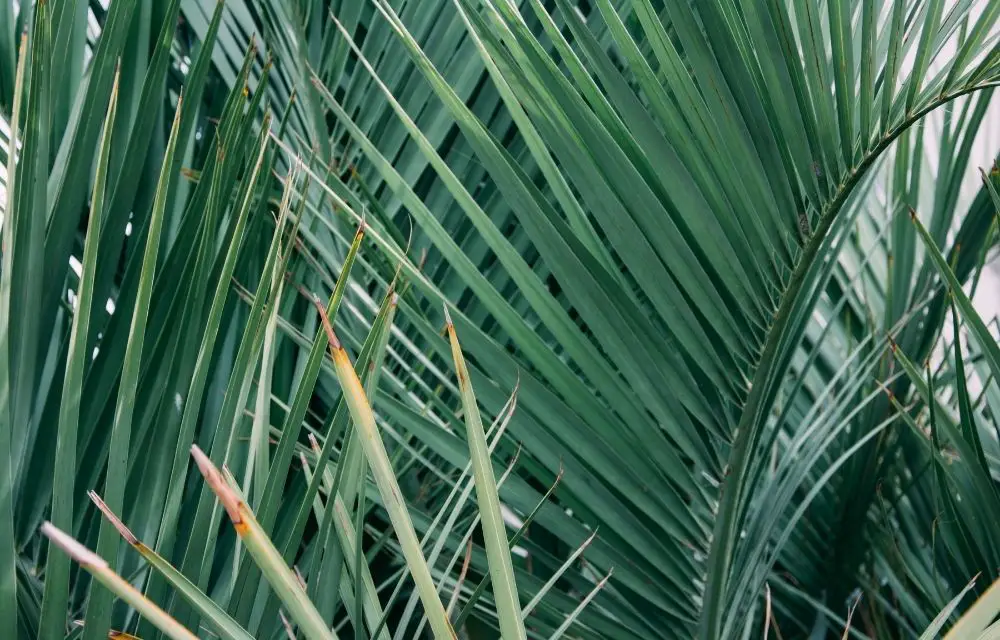

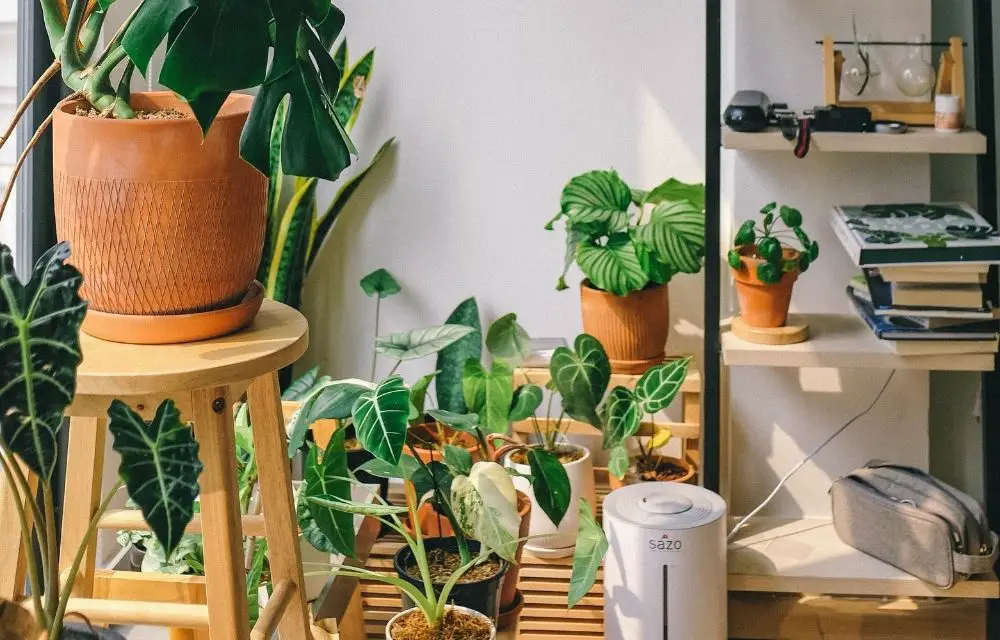
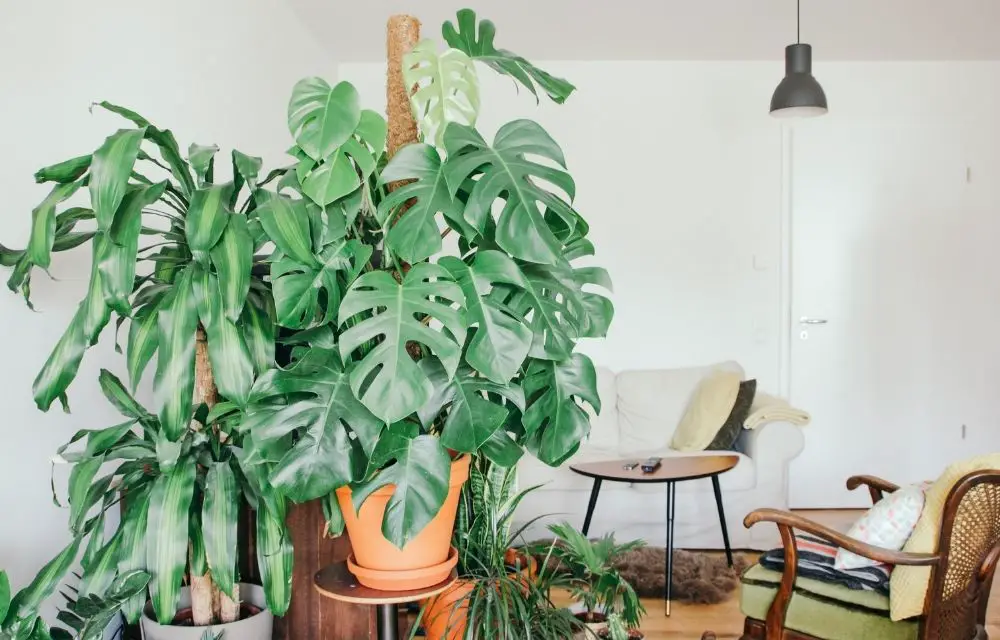
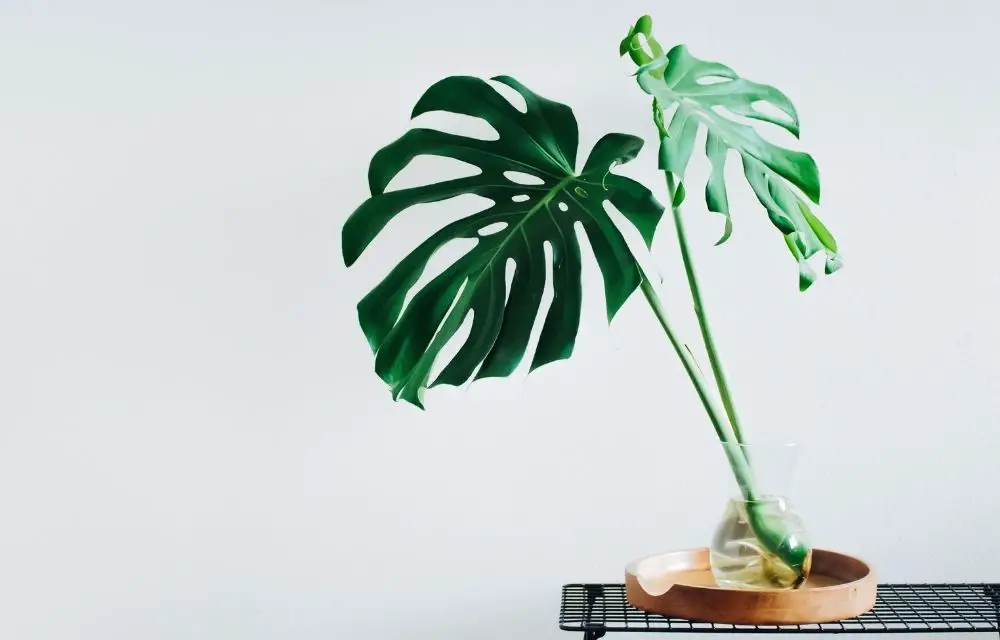
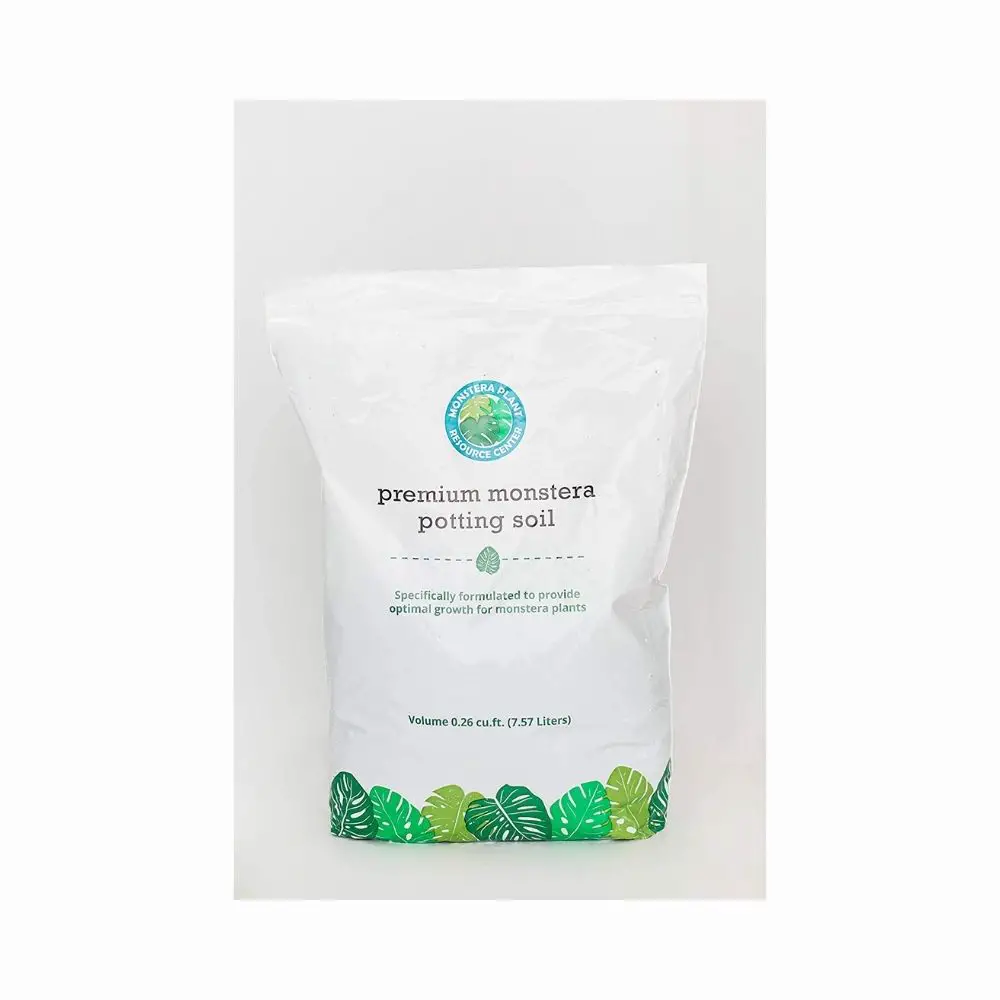
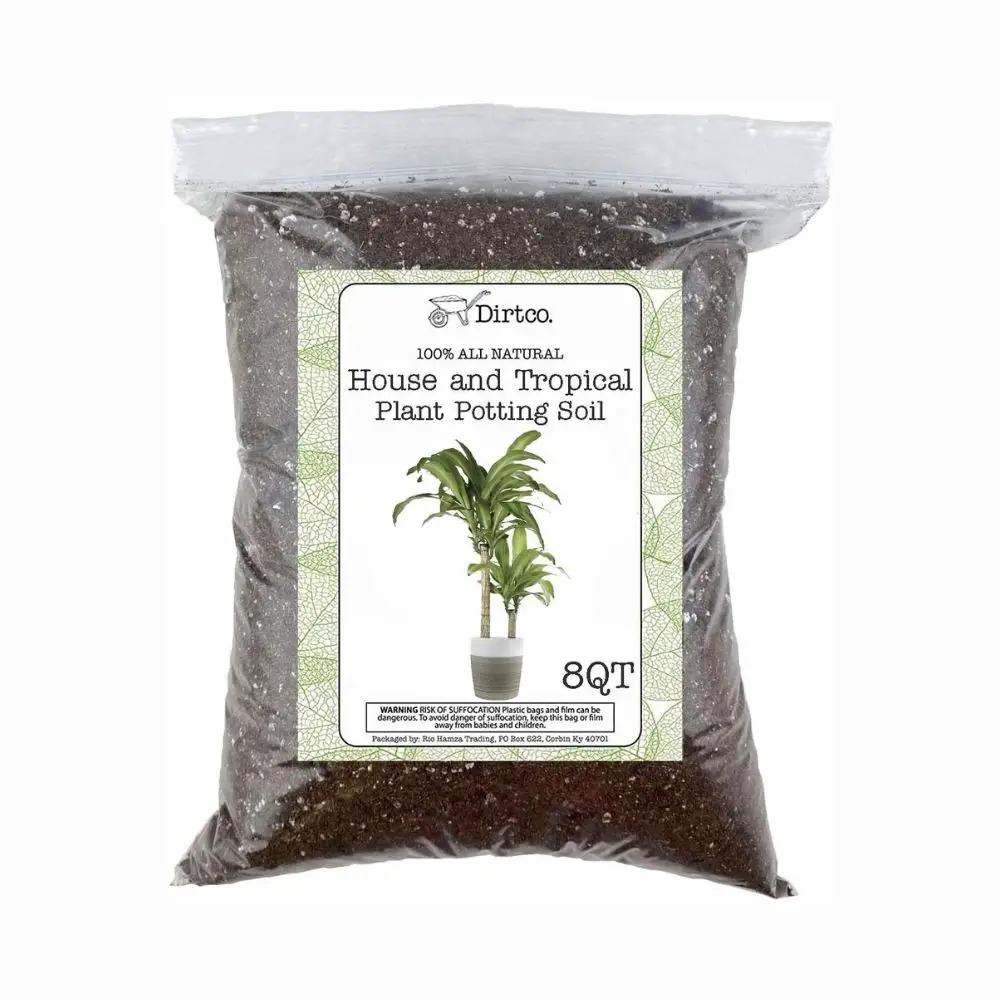
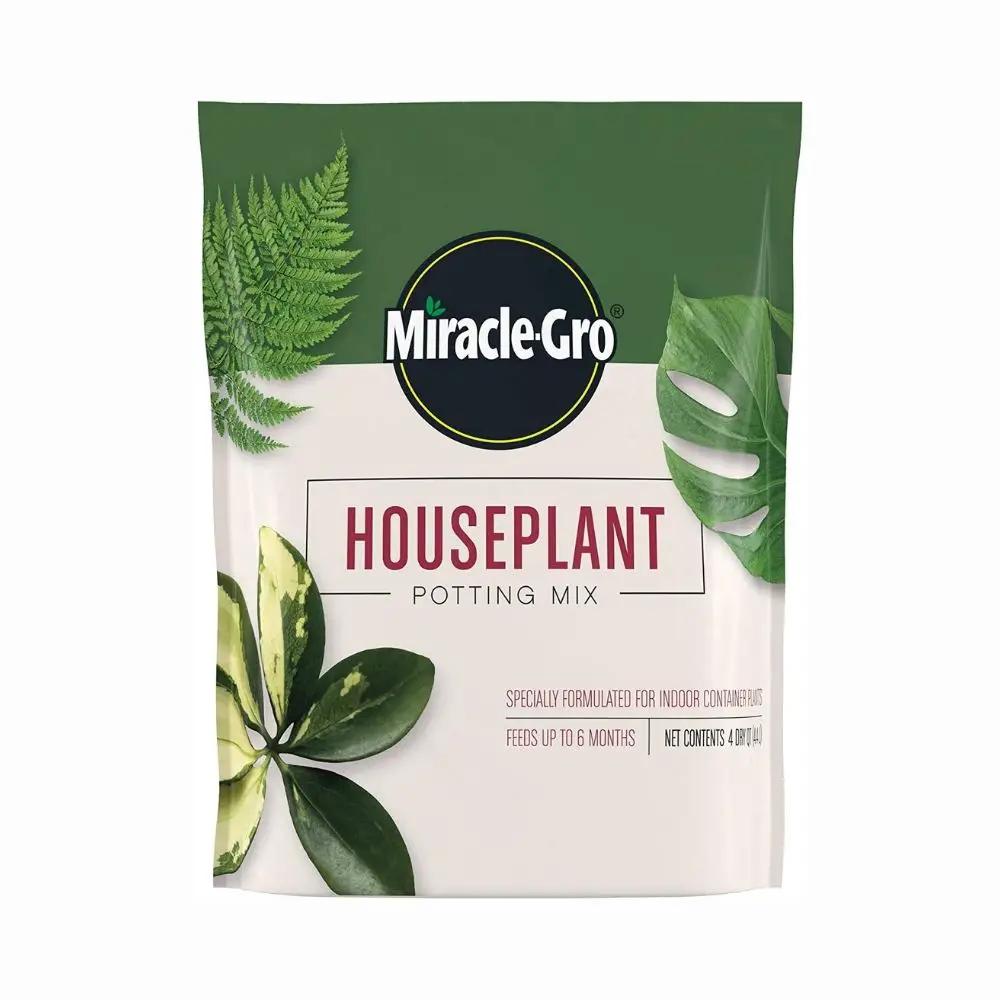
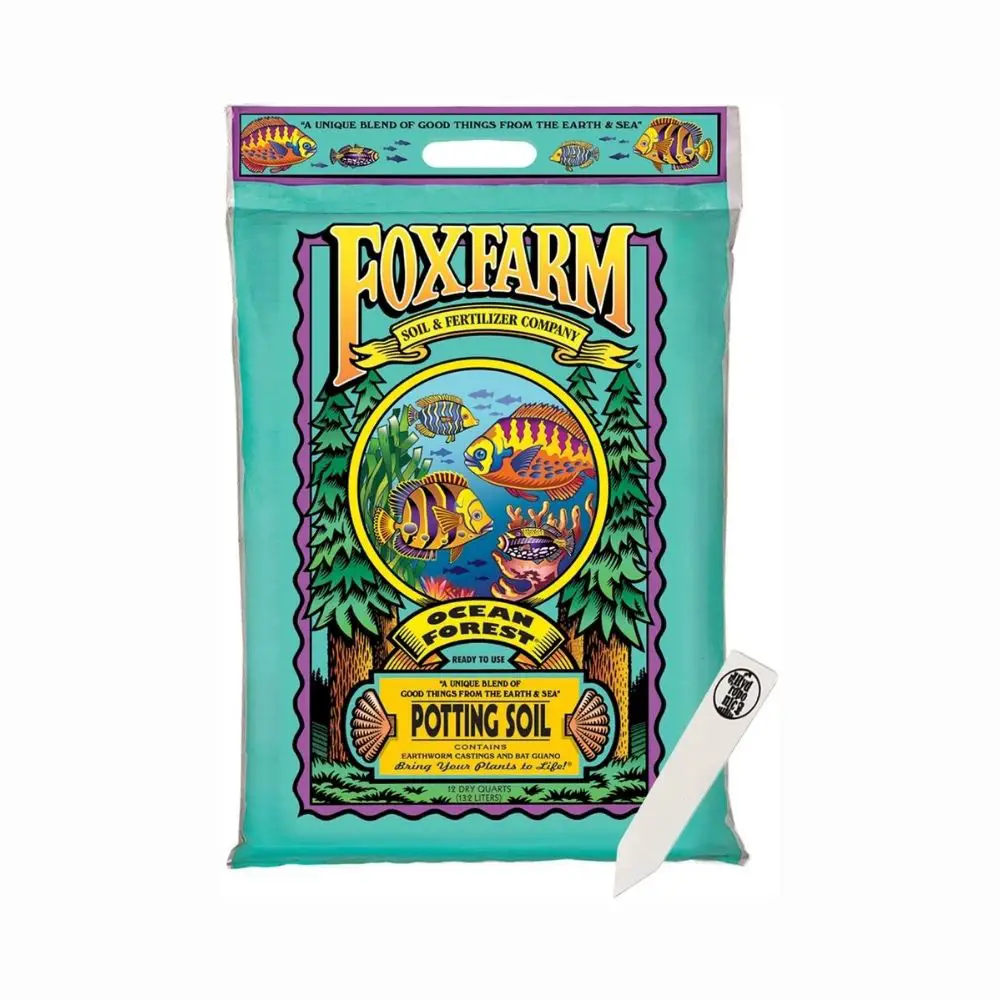
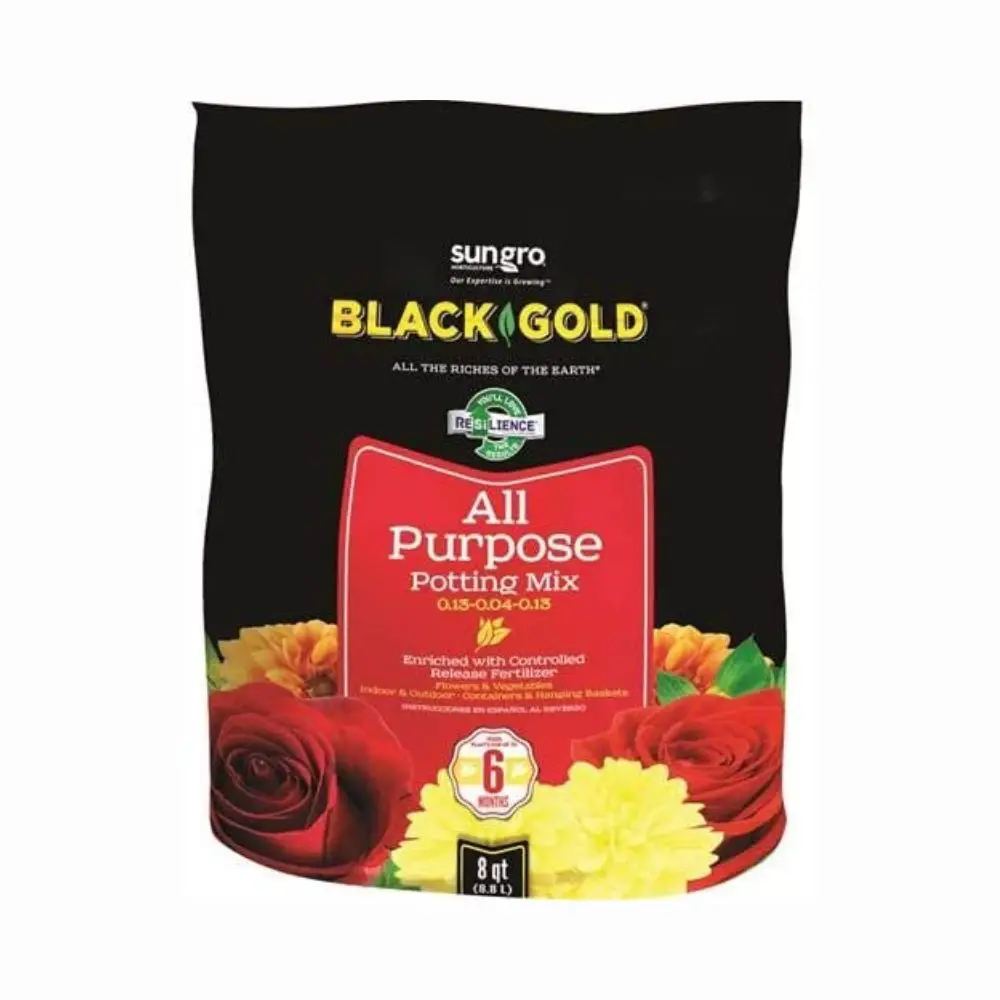
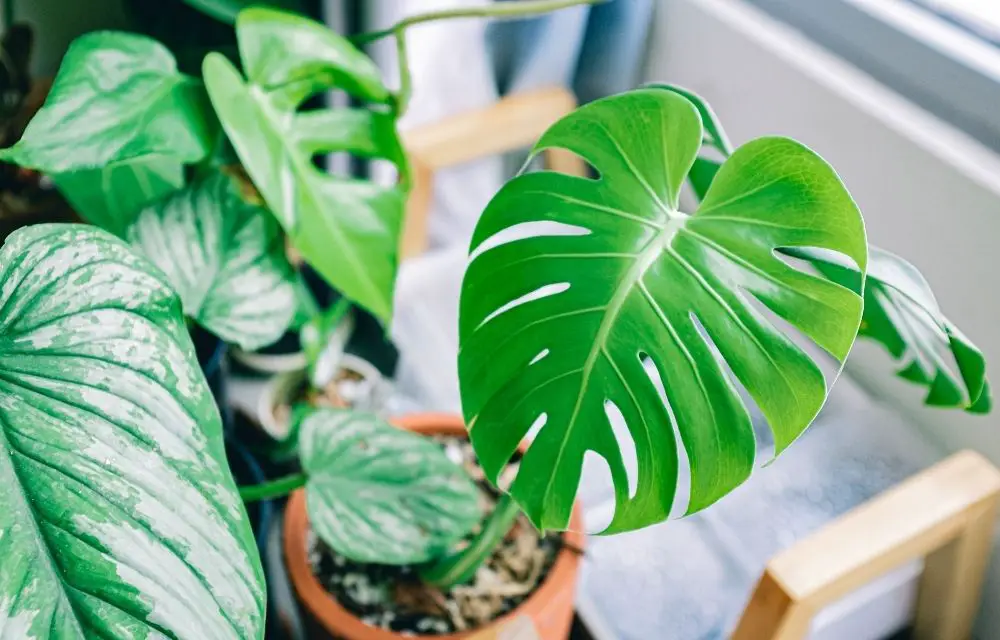
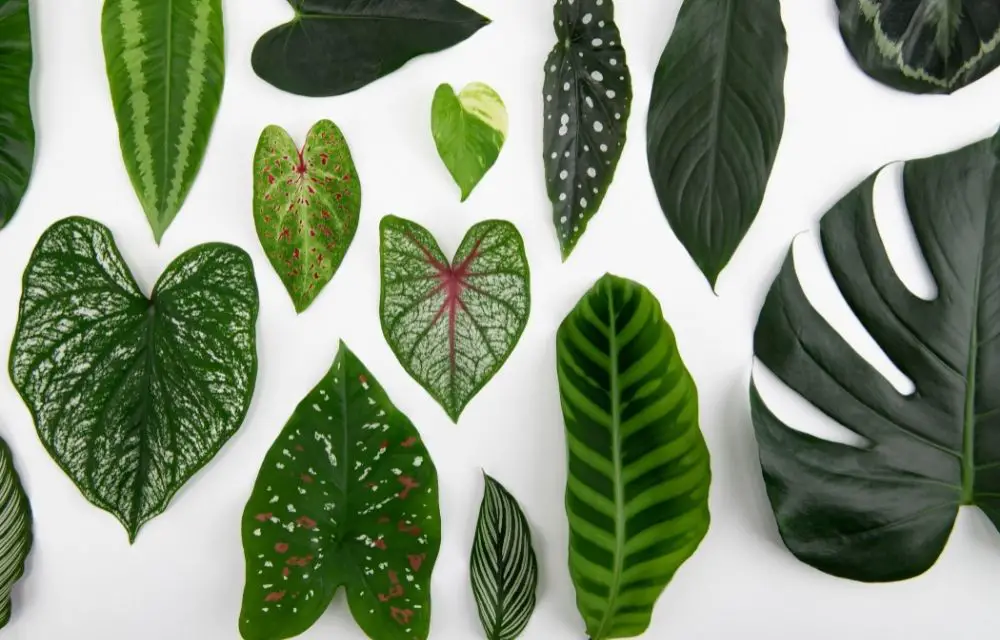
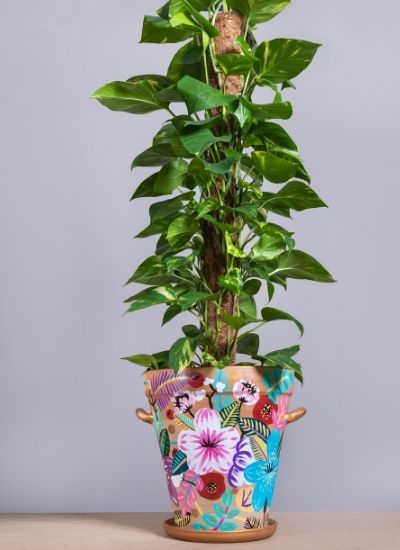 Making your very own moss pole is extremely easy and does not take long. Making your own moss pole can also be much cheaper in comparison to purchasing them.
Making your very own moss pole is extremely easy and does not take long. Making your own moss pole can also be much cheaper in comparison to purchasing them. 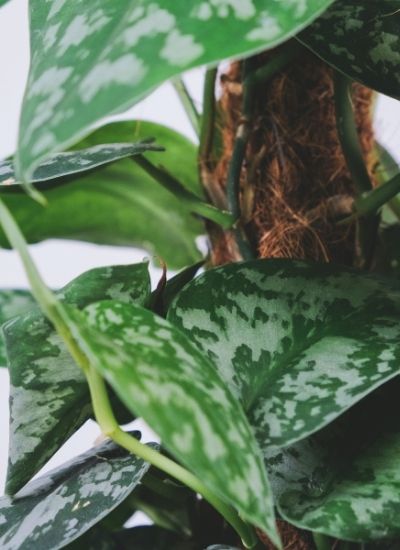 It is beneficial to spritz your moss pole often or to pour water down the pole when watering to ensure your plants’ adventurous roots receive water. Most aroids will appreciate the extra humidity!
It is beneficial to spritz your moss pole often or to pour water down the pole when watering to ensure your plants’ adventurous roots receive water. Most aroids will appreciate the extra humidity! 